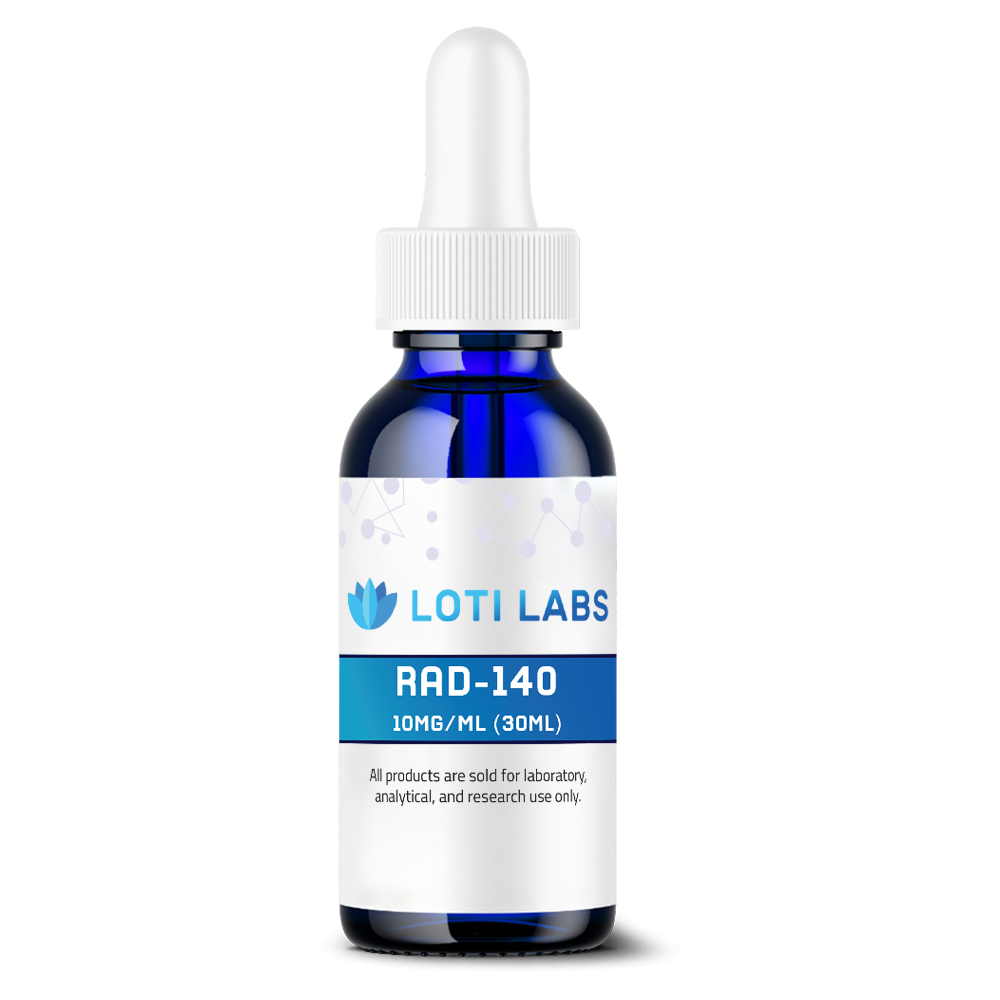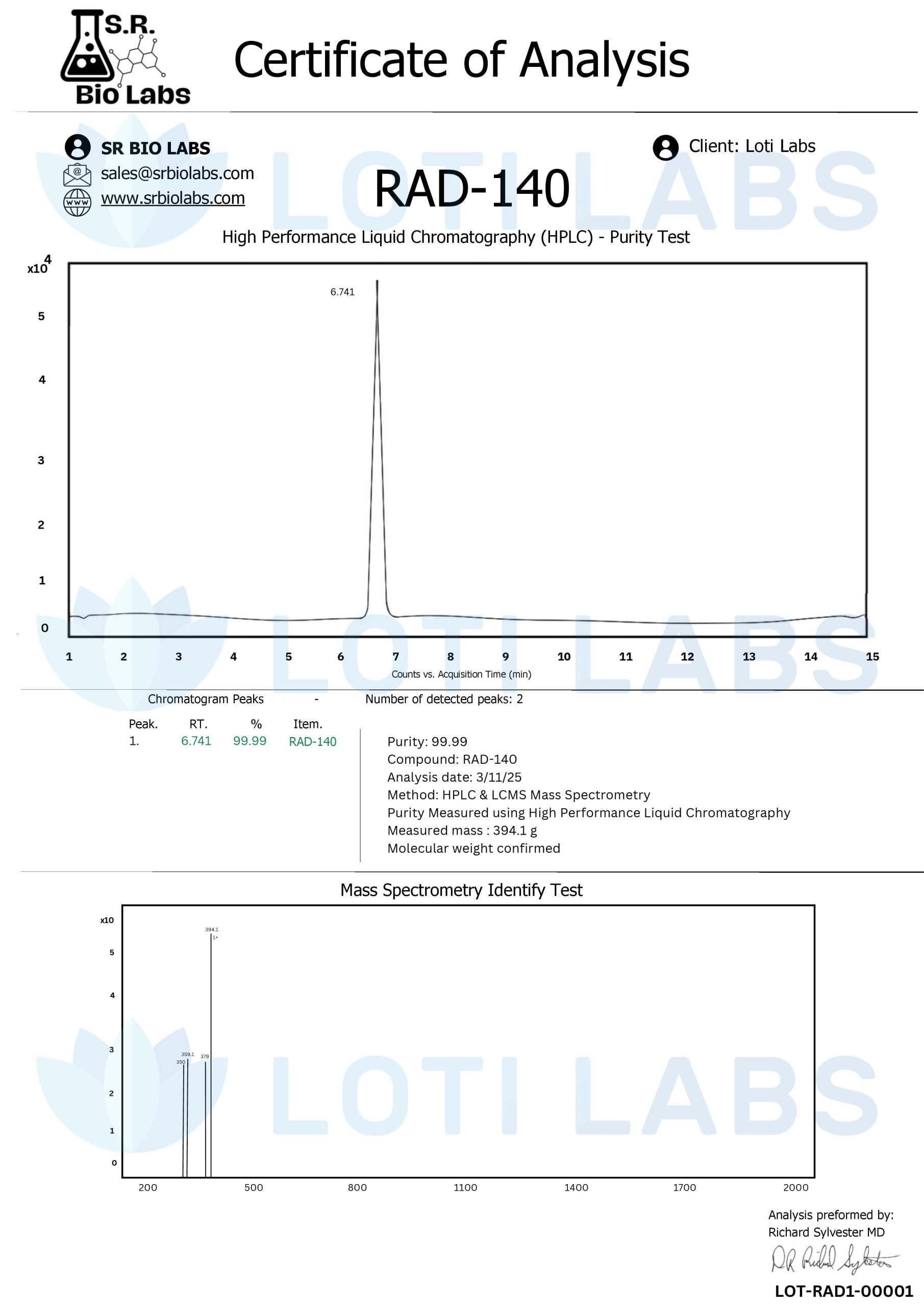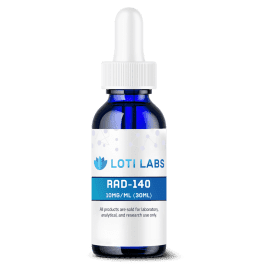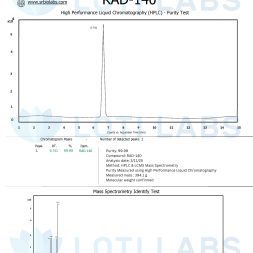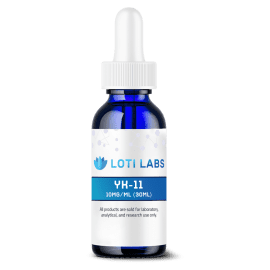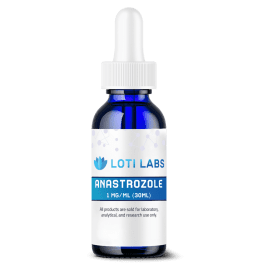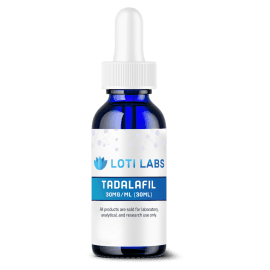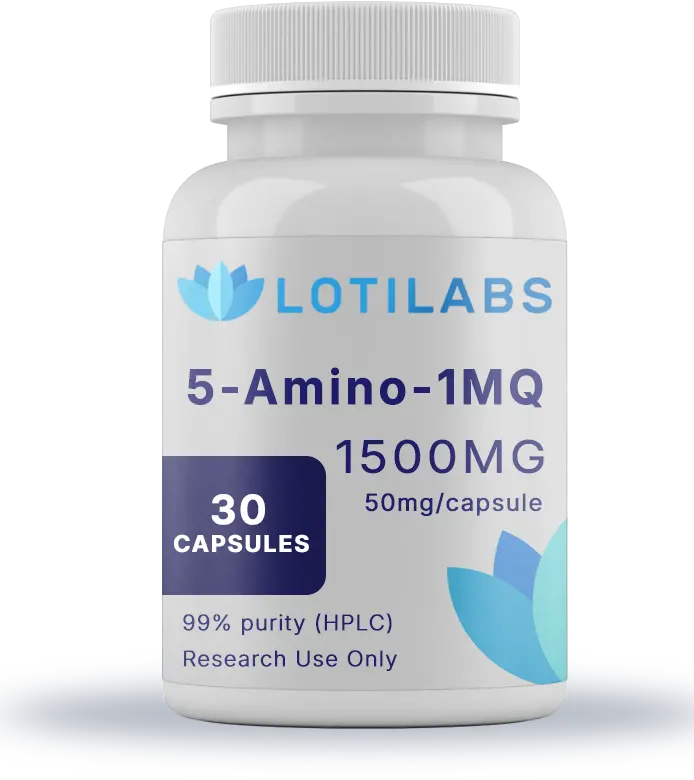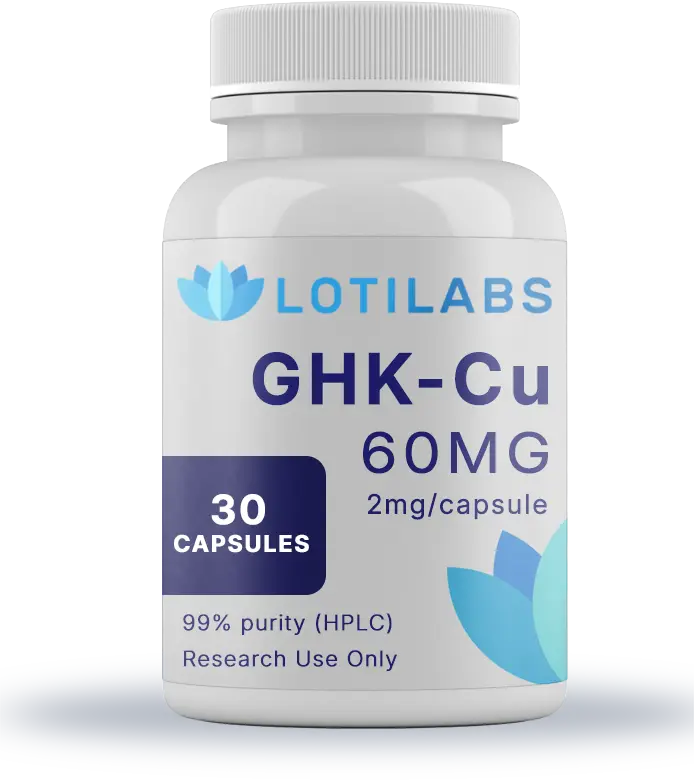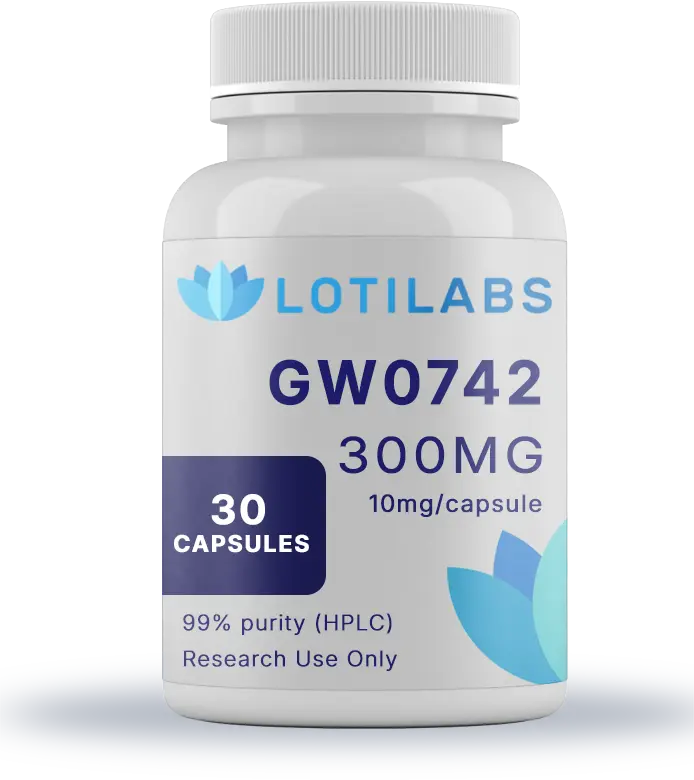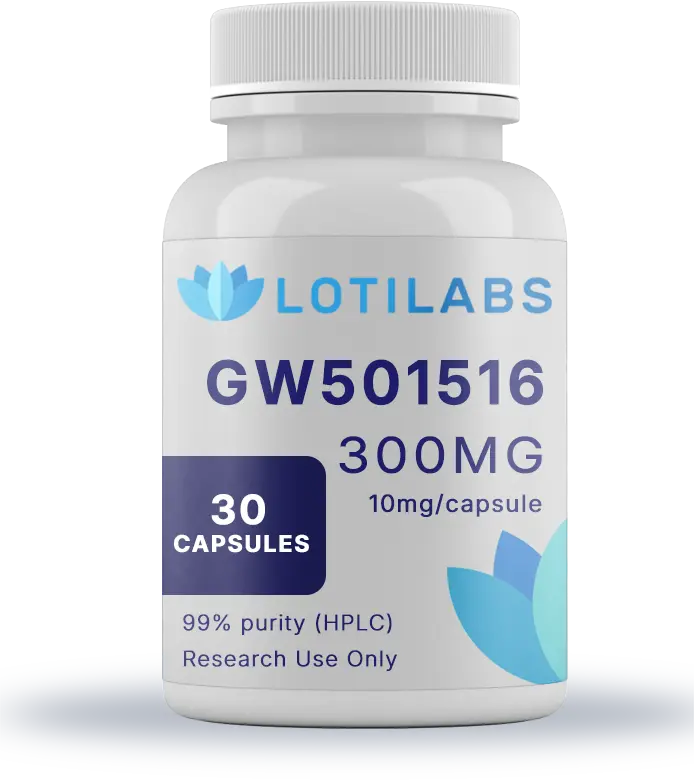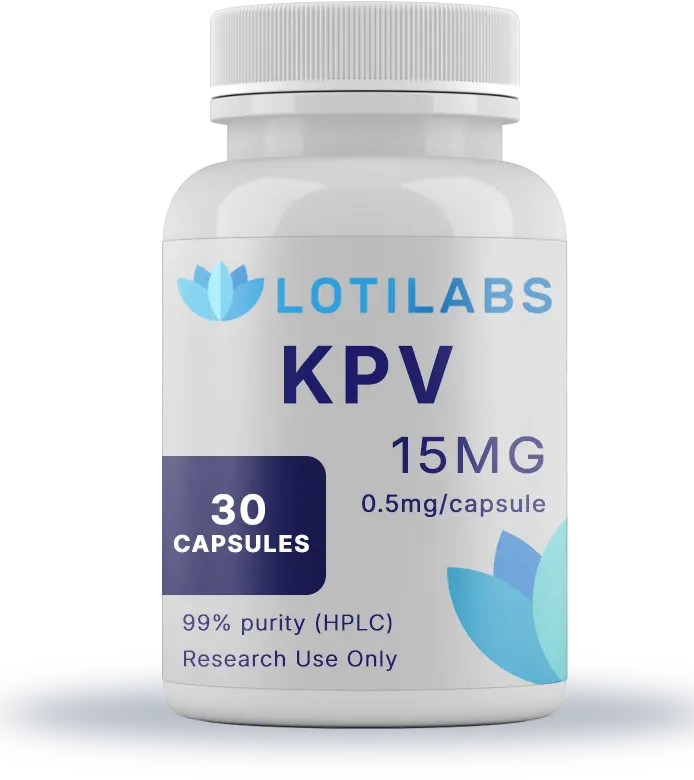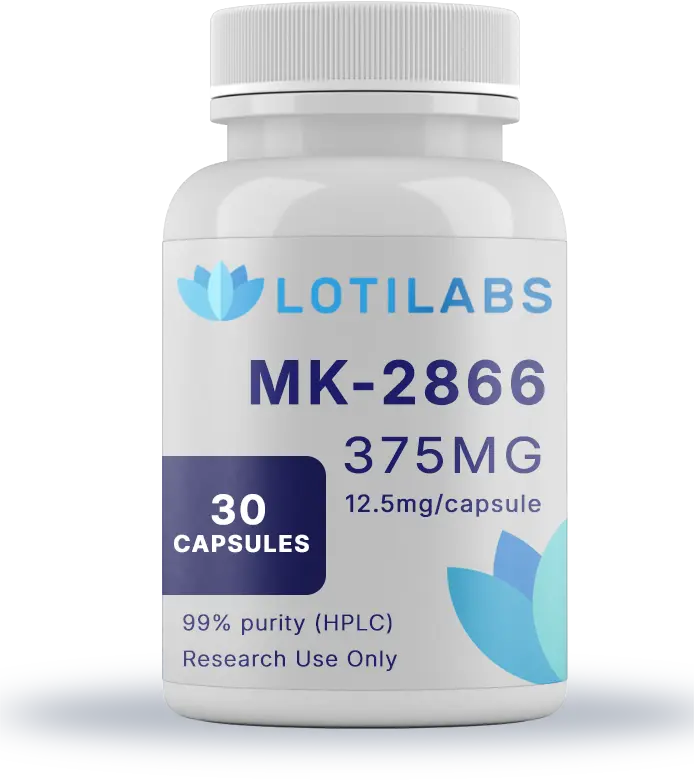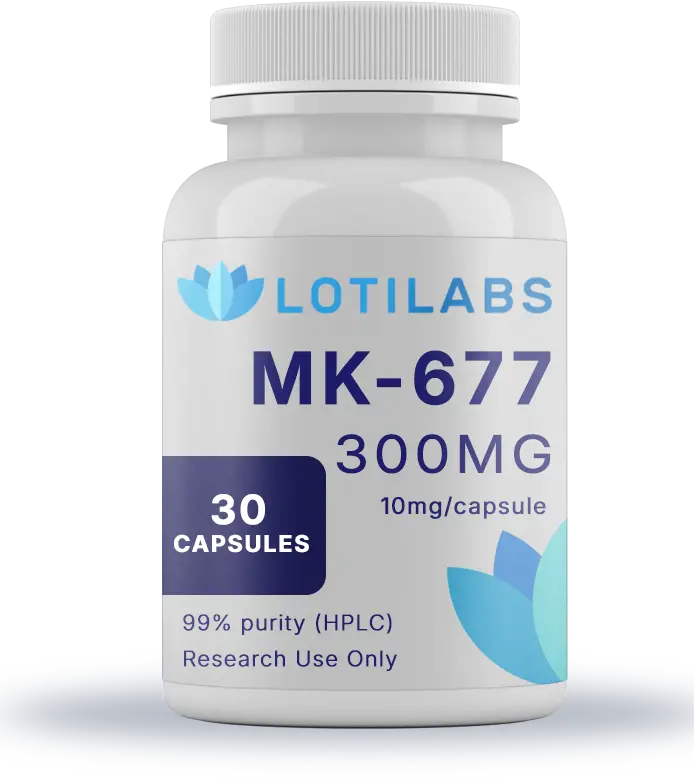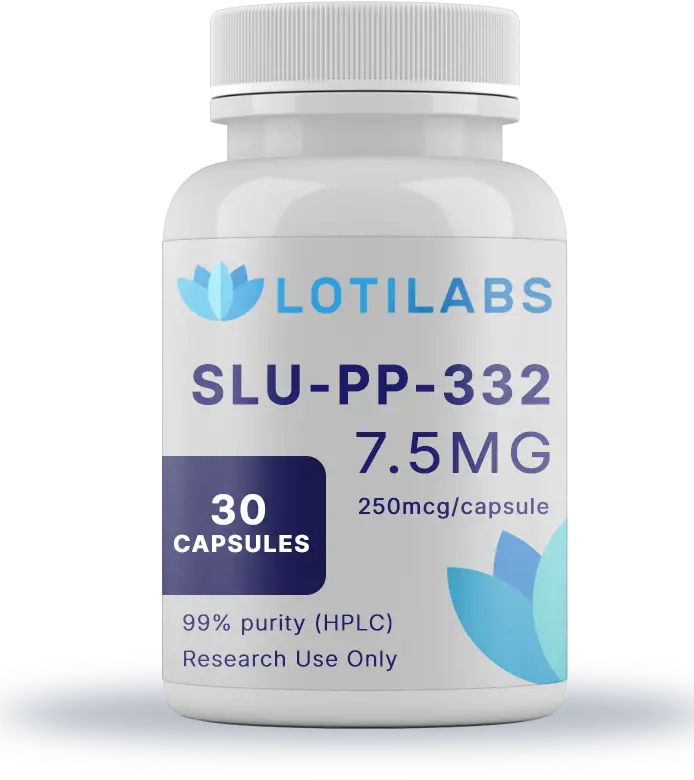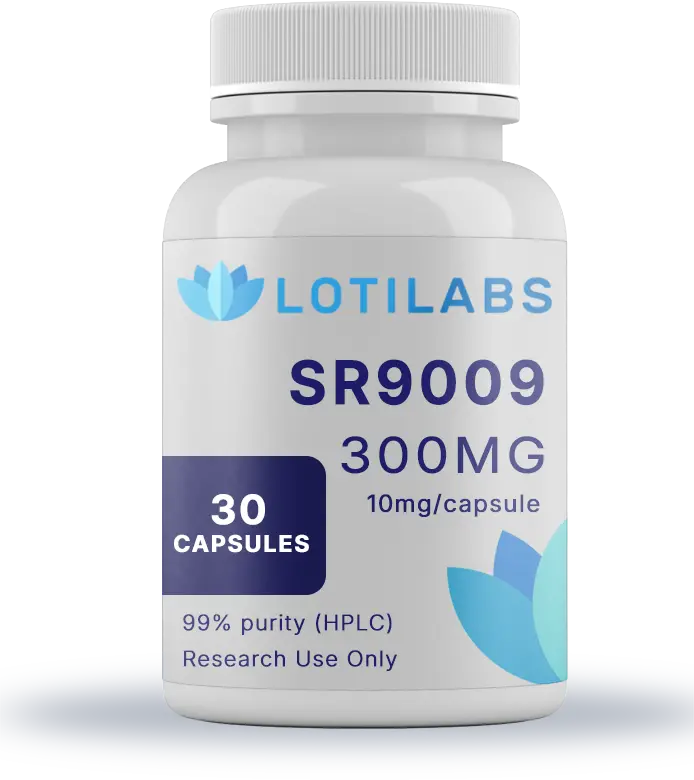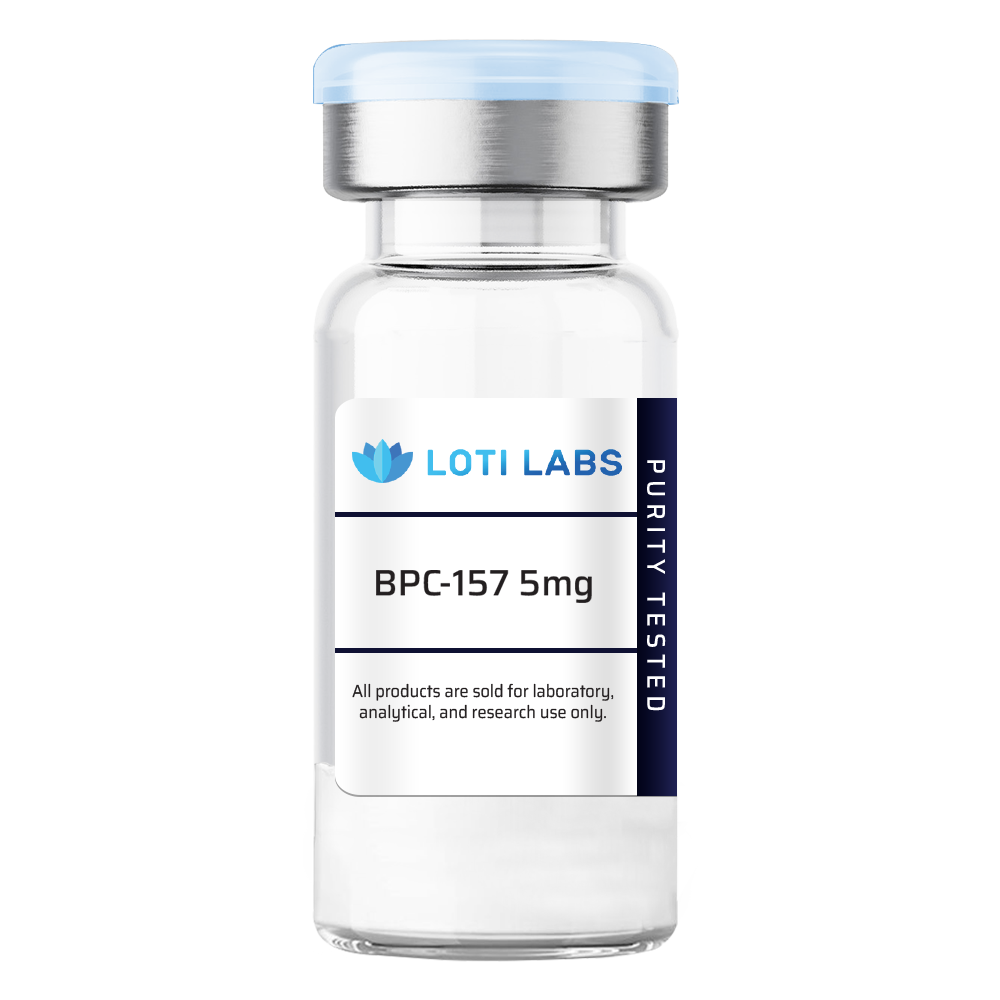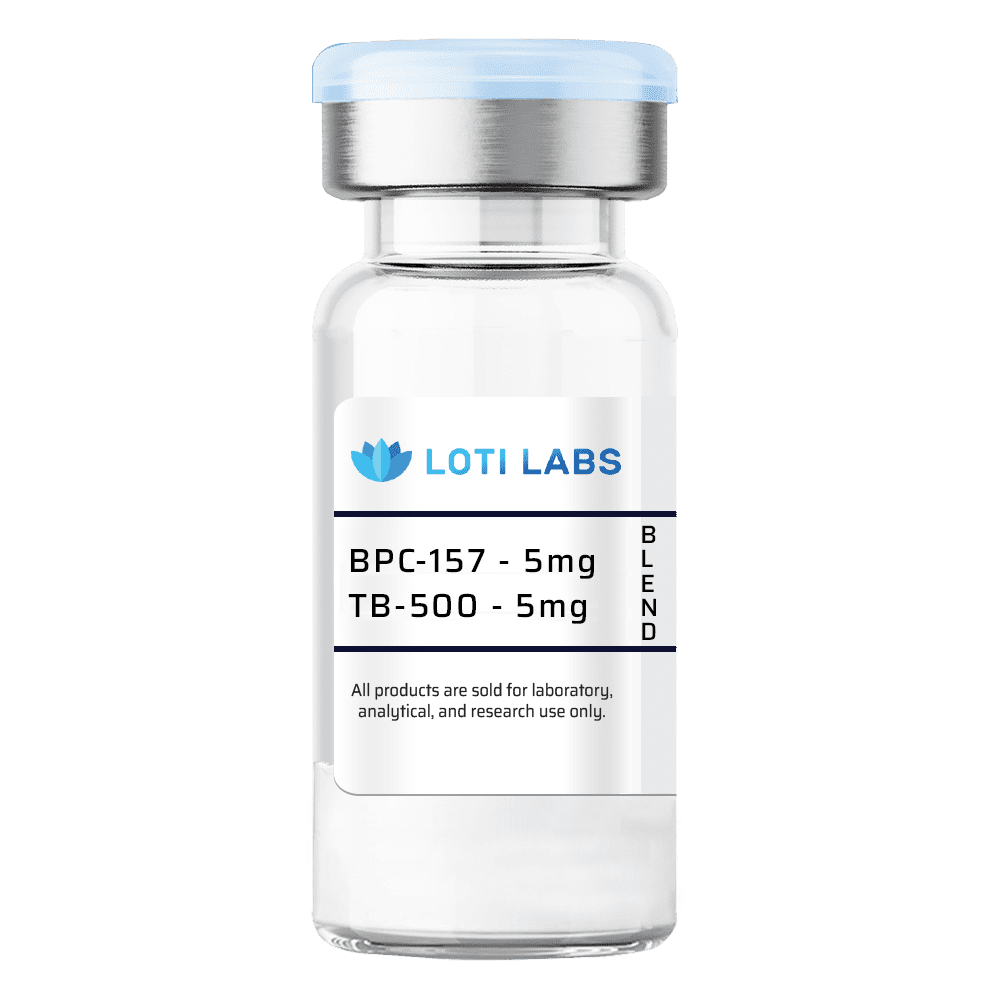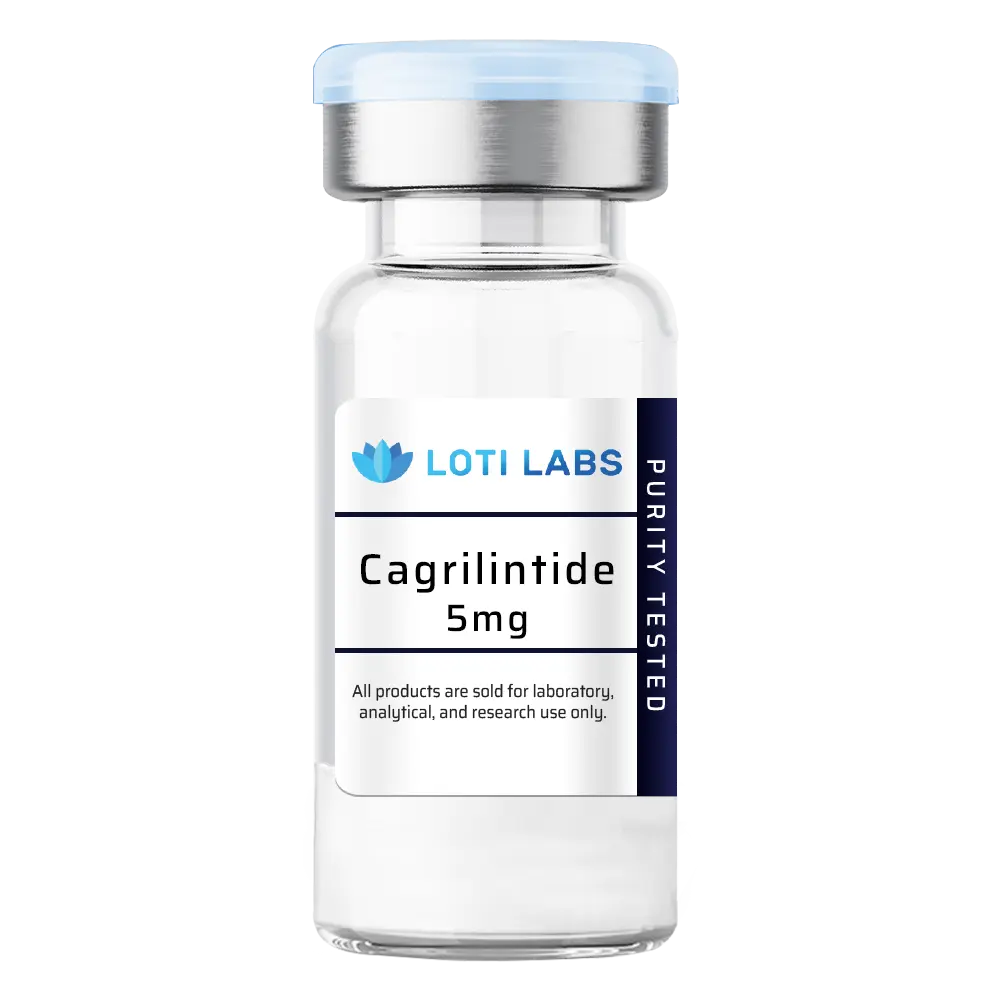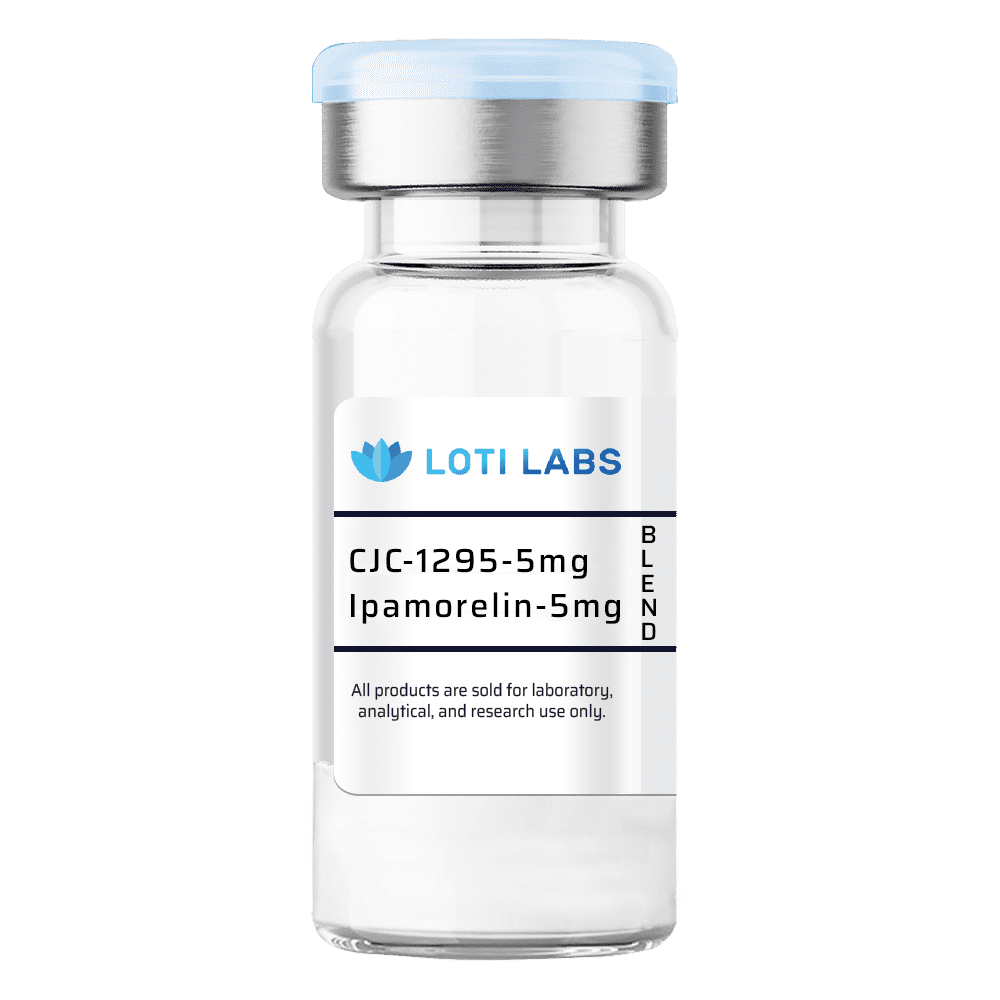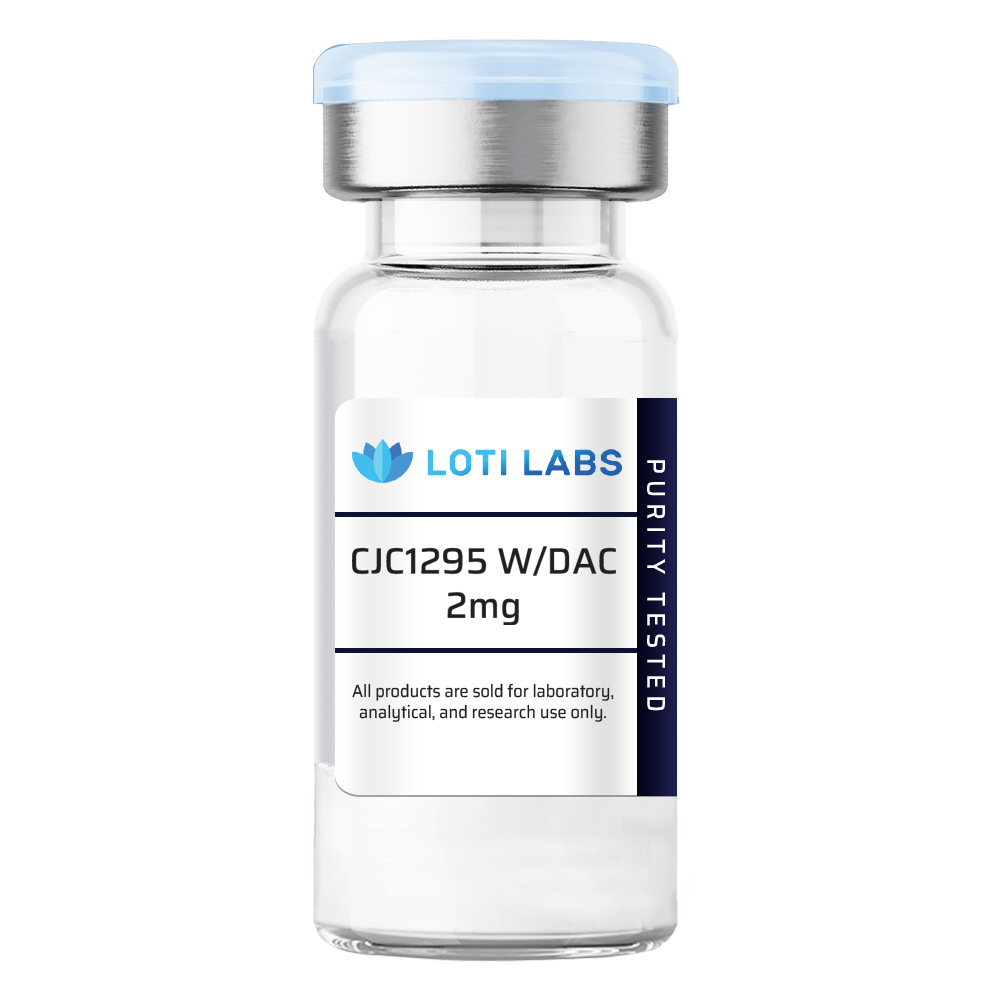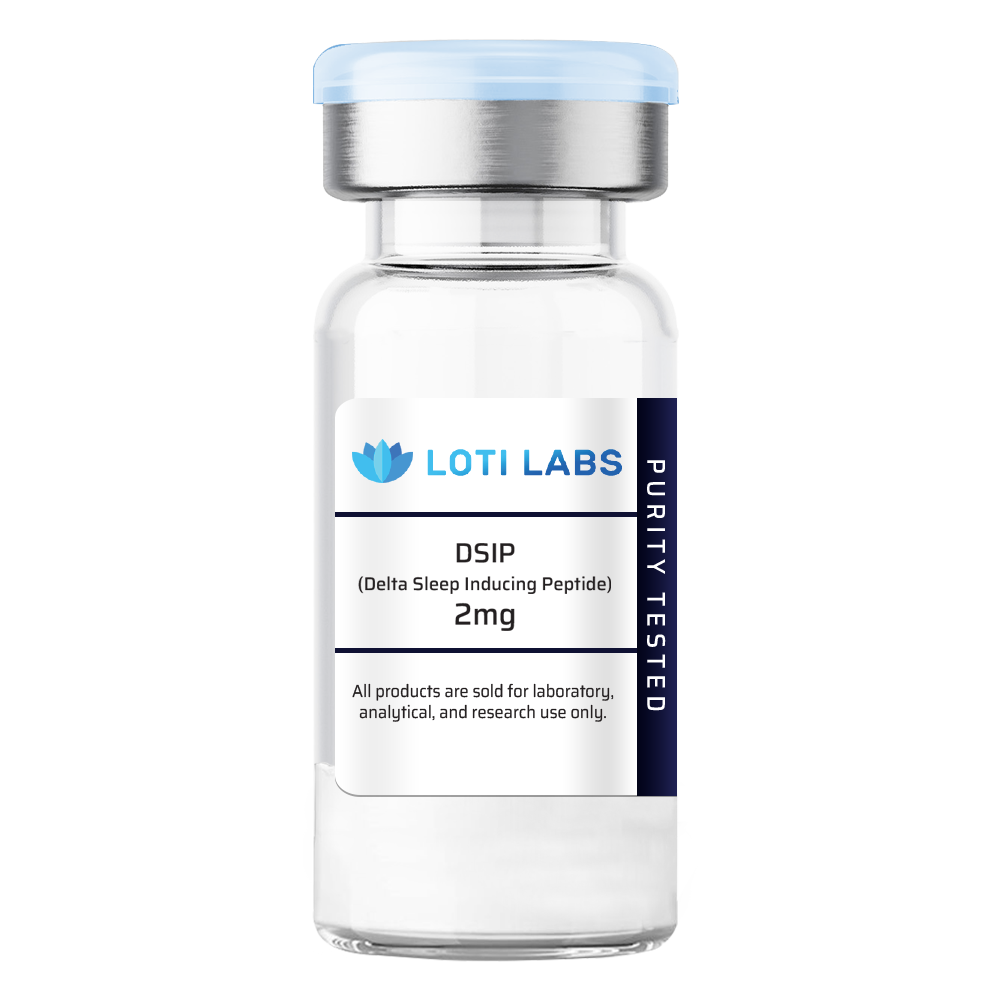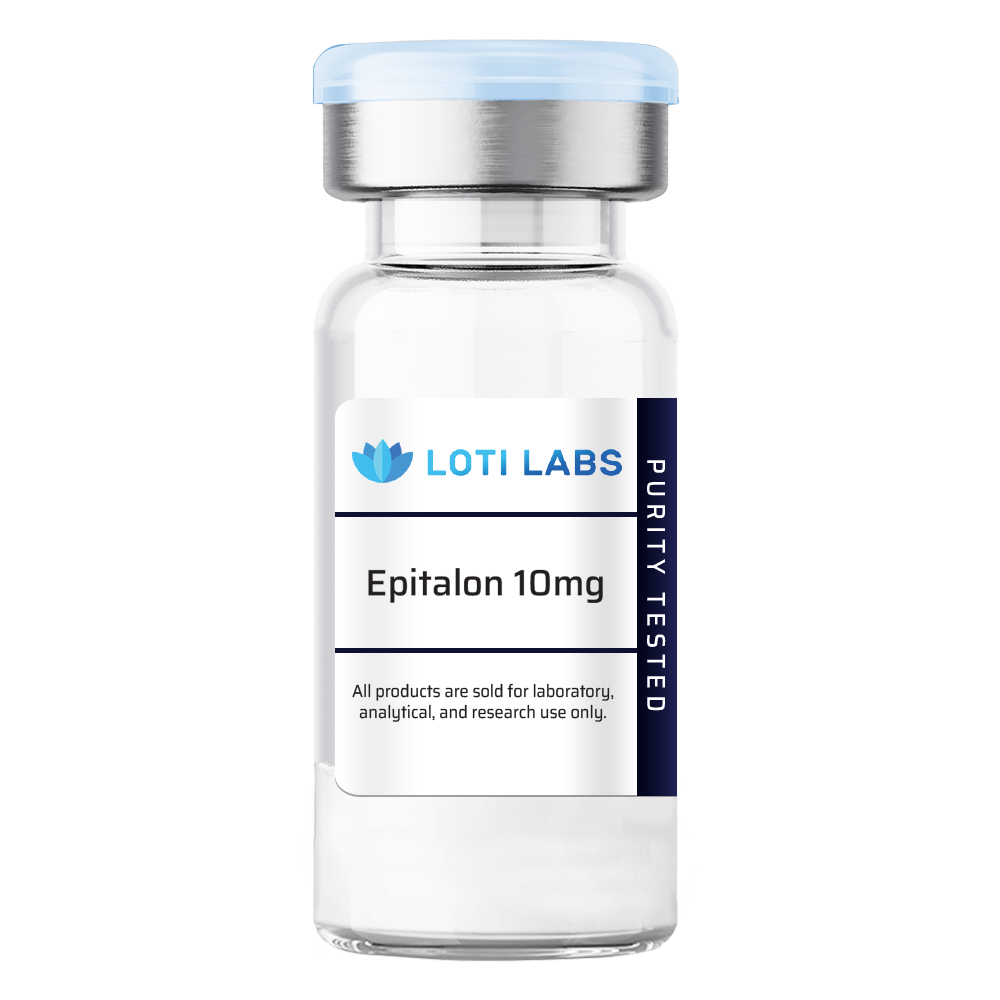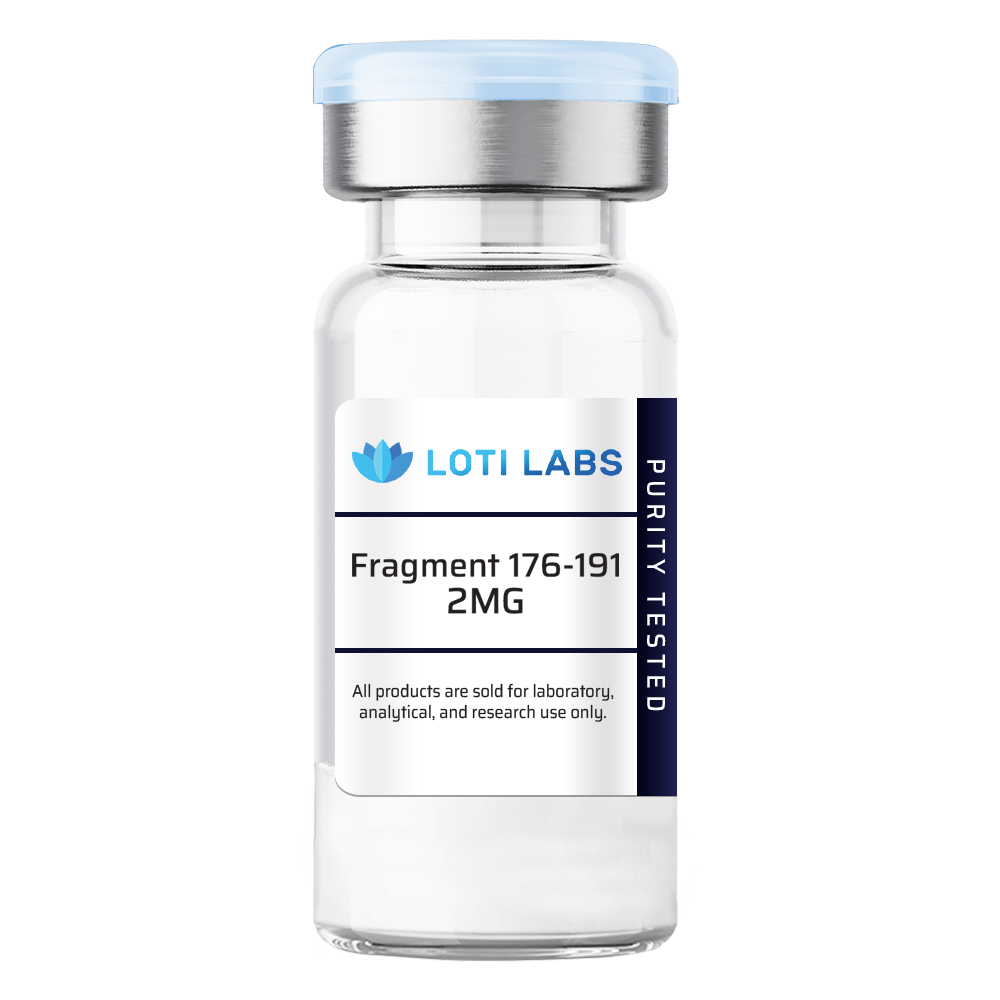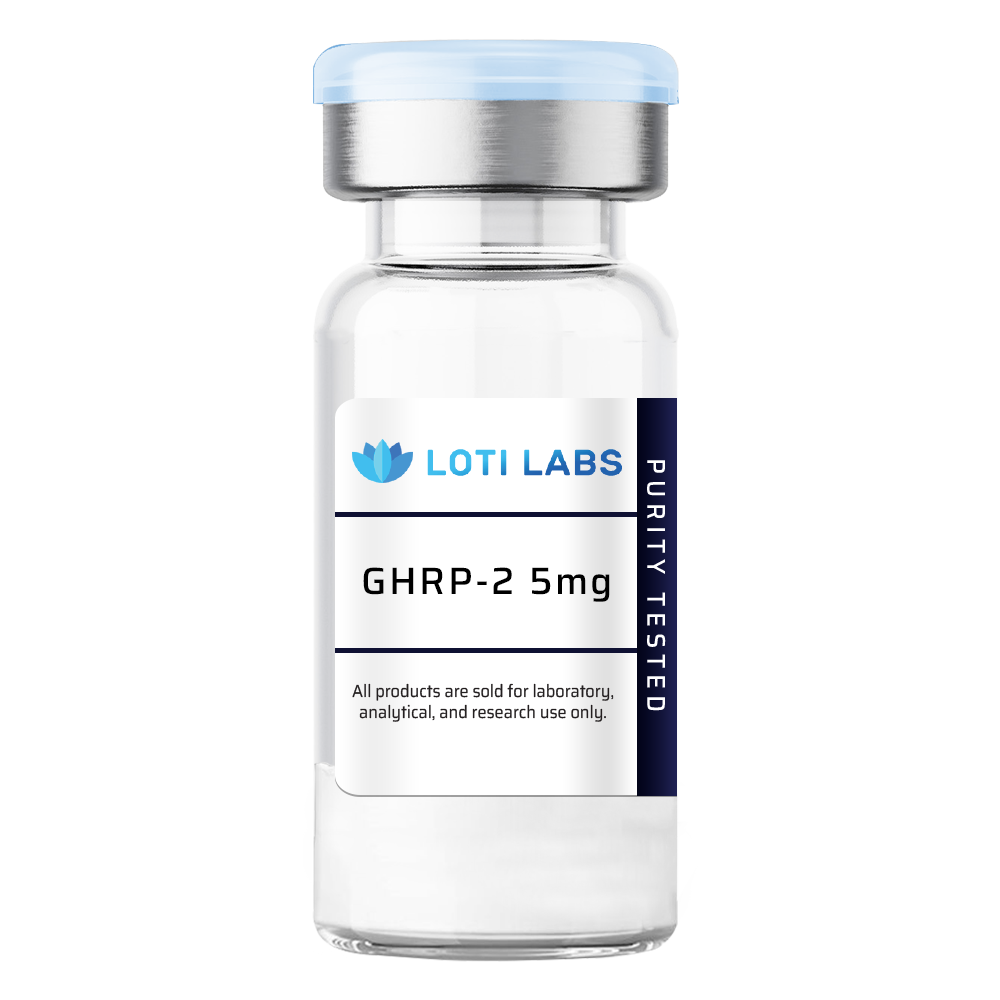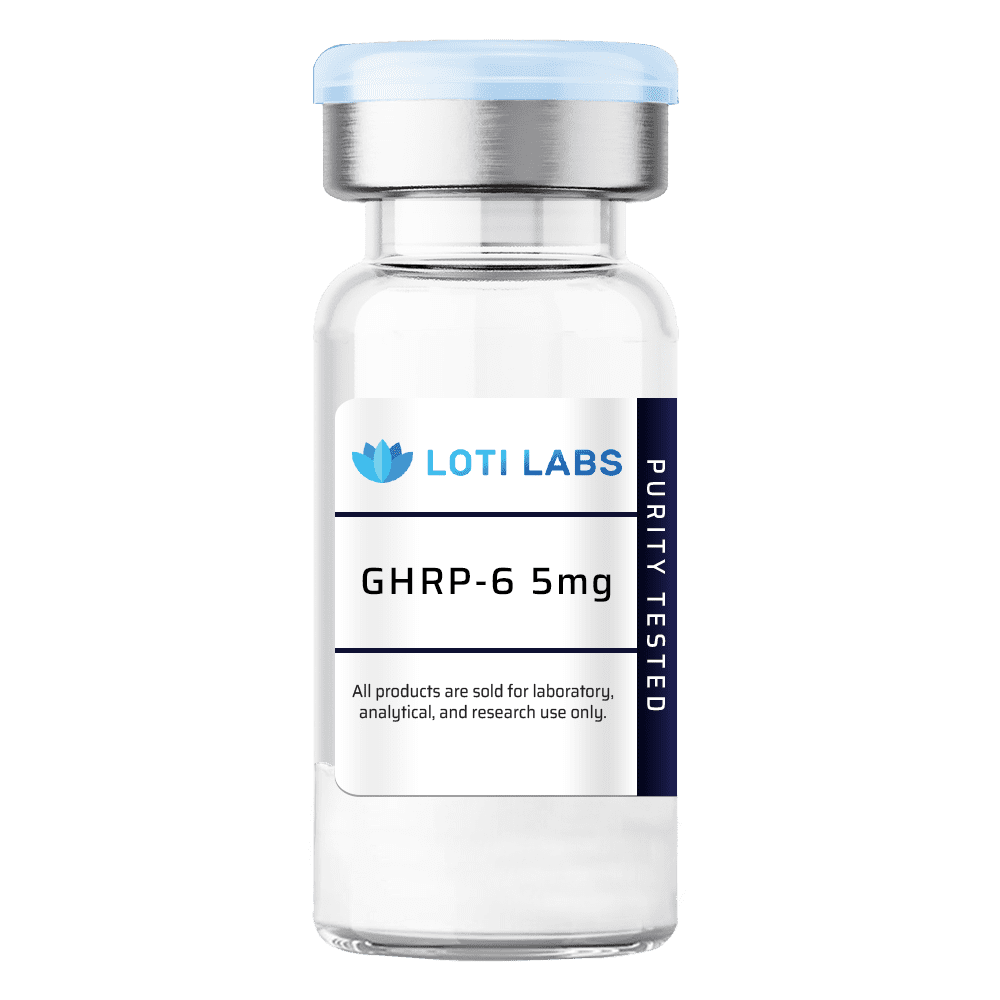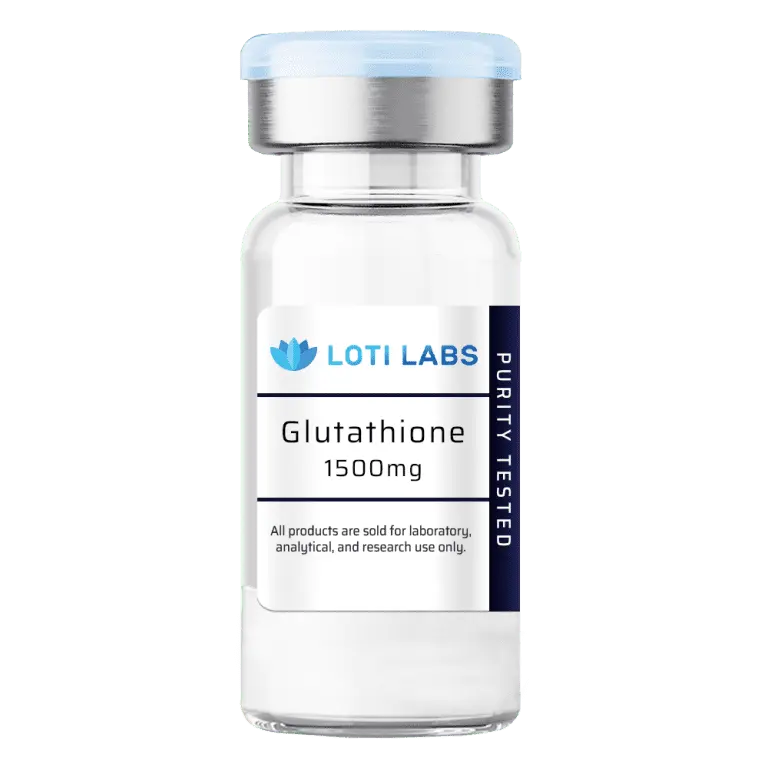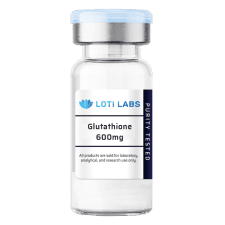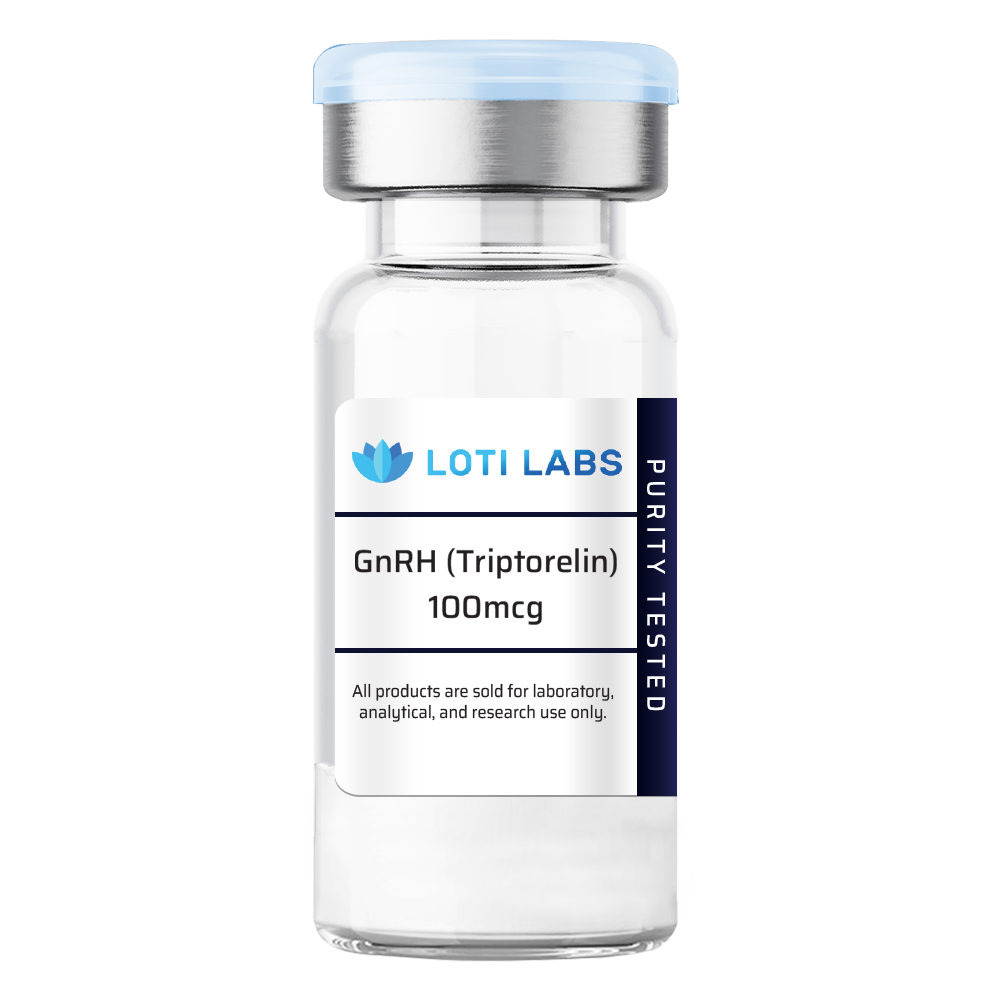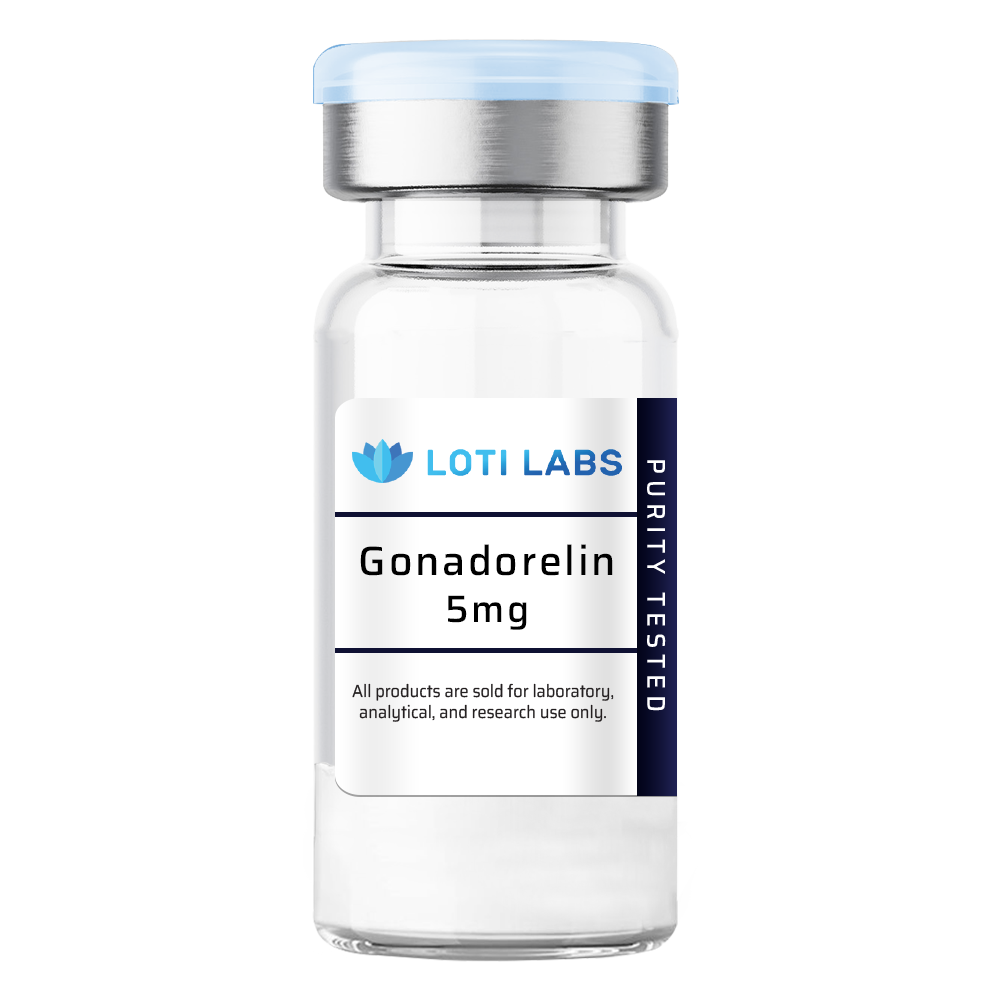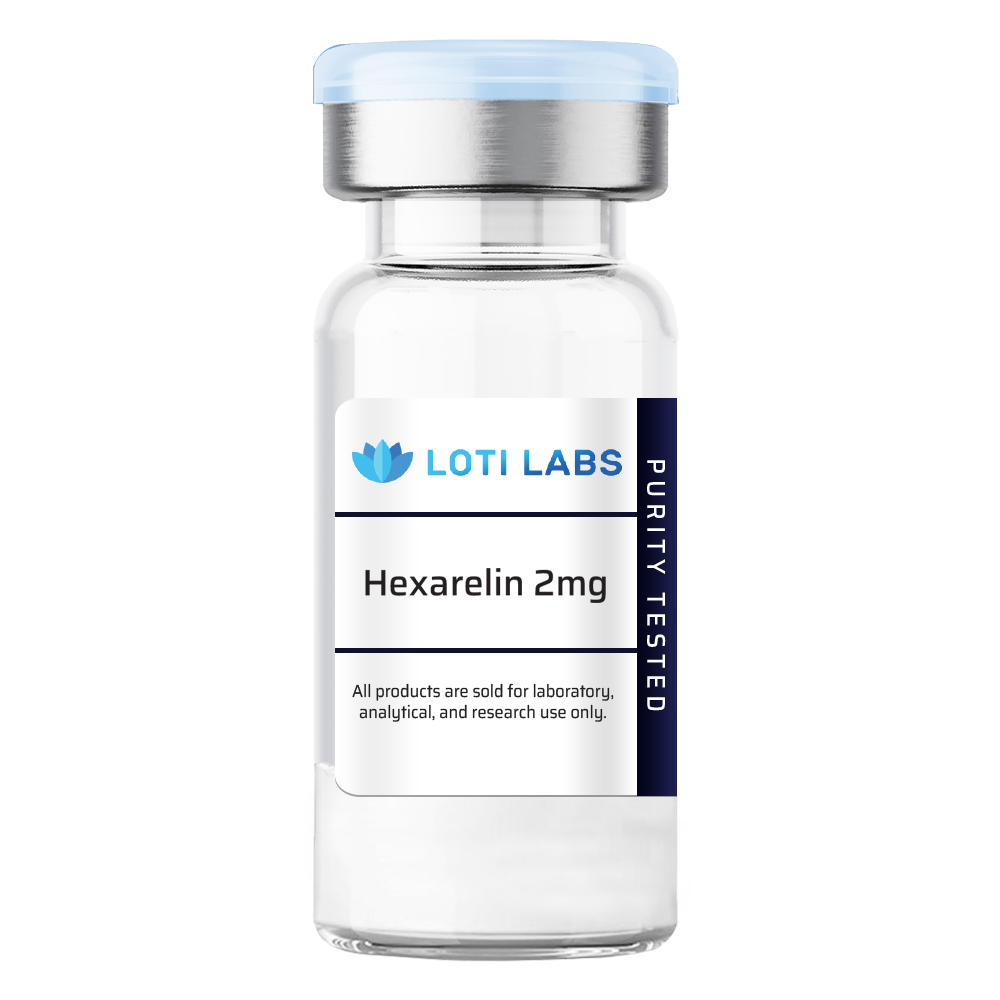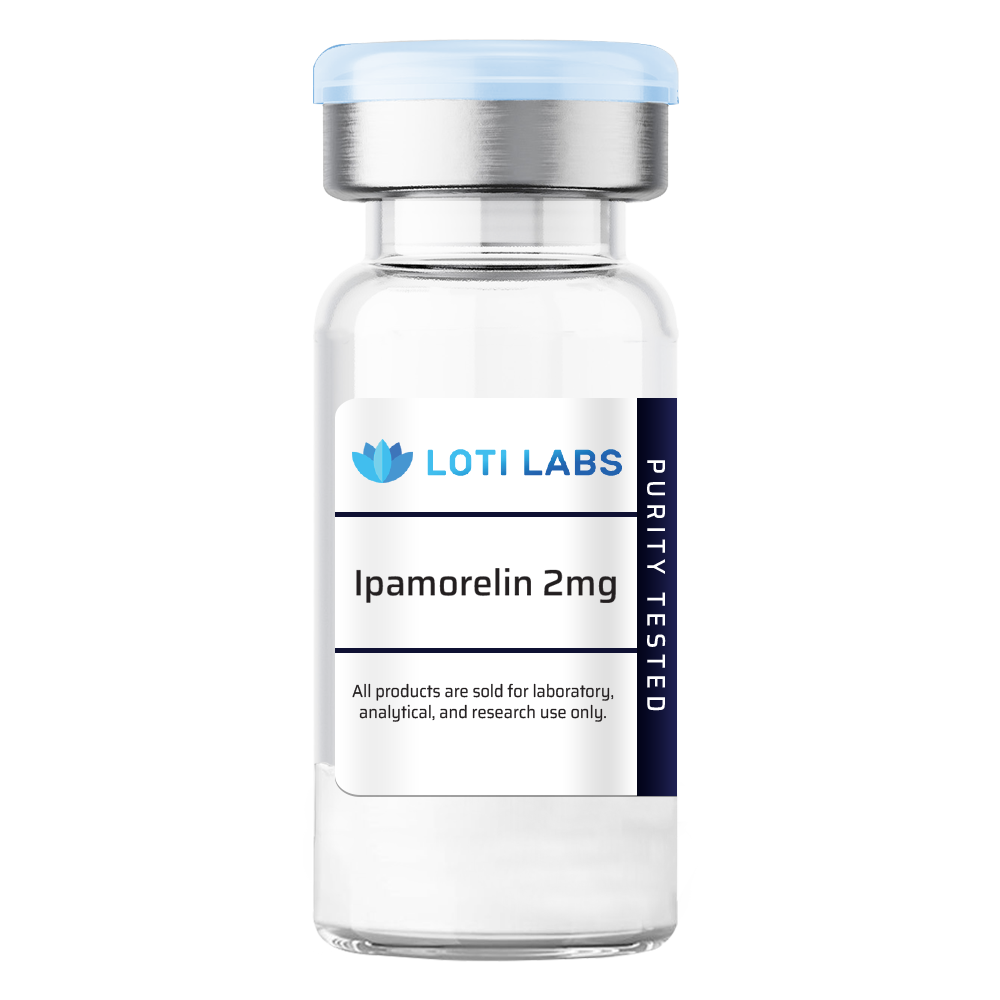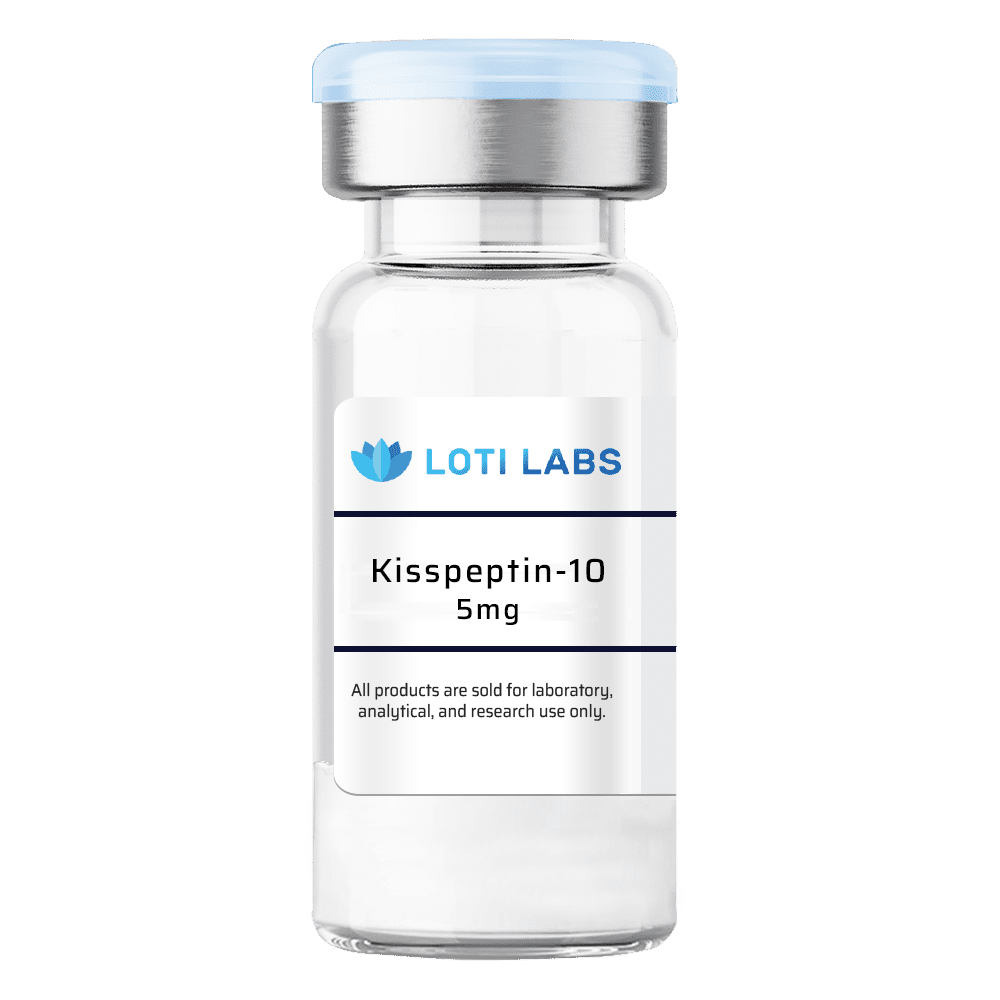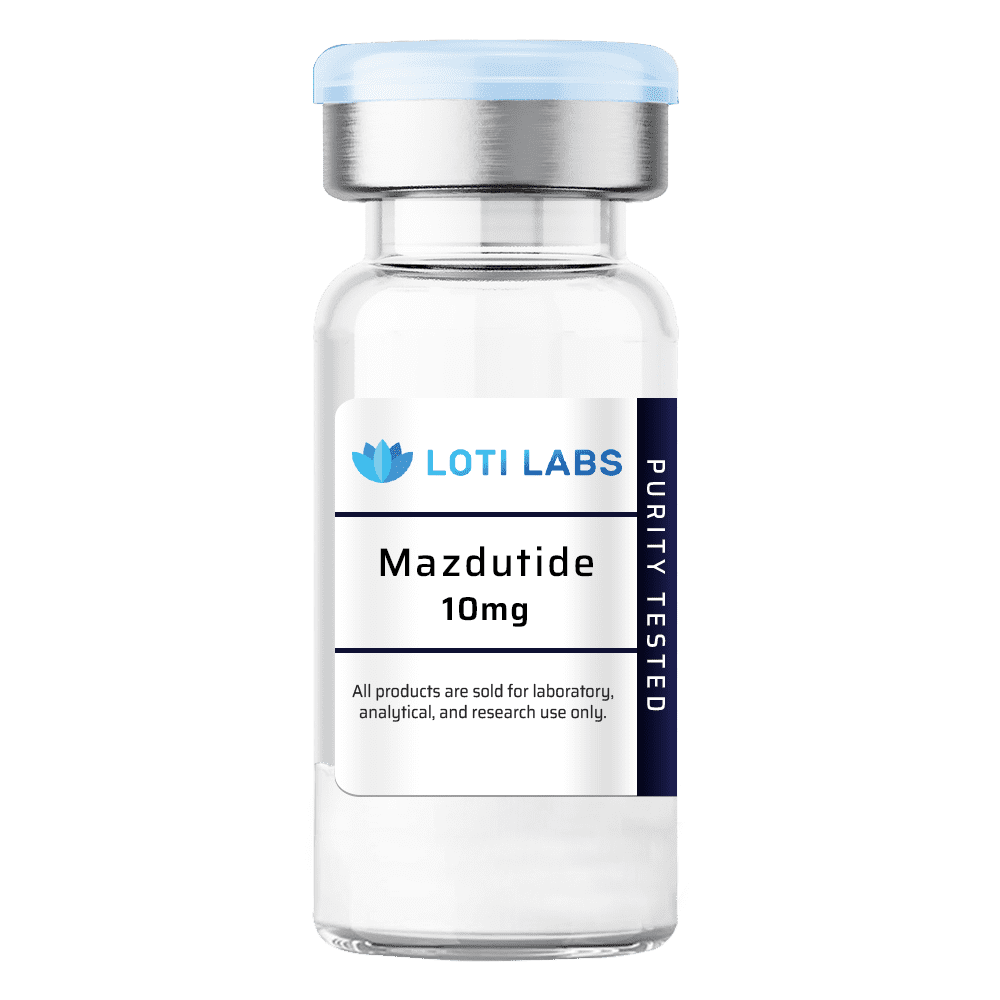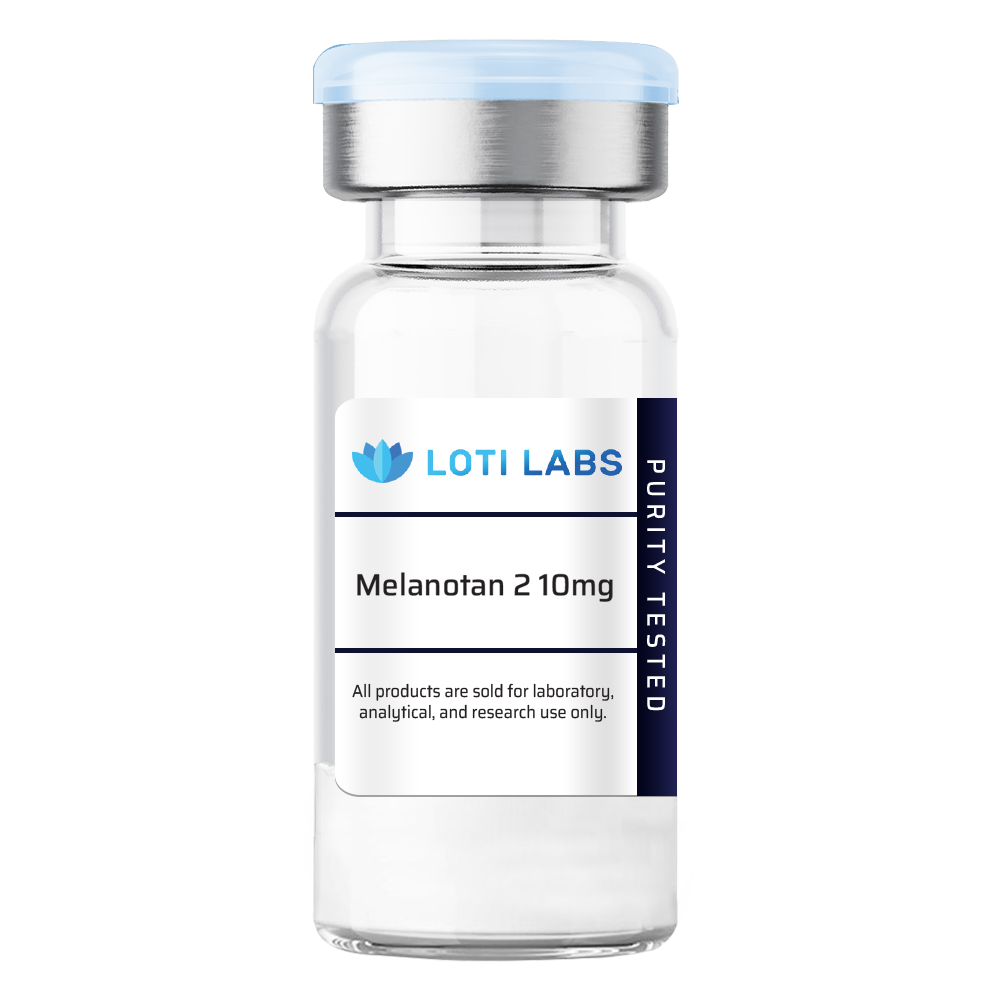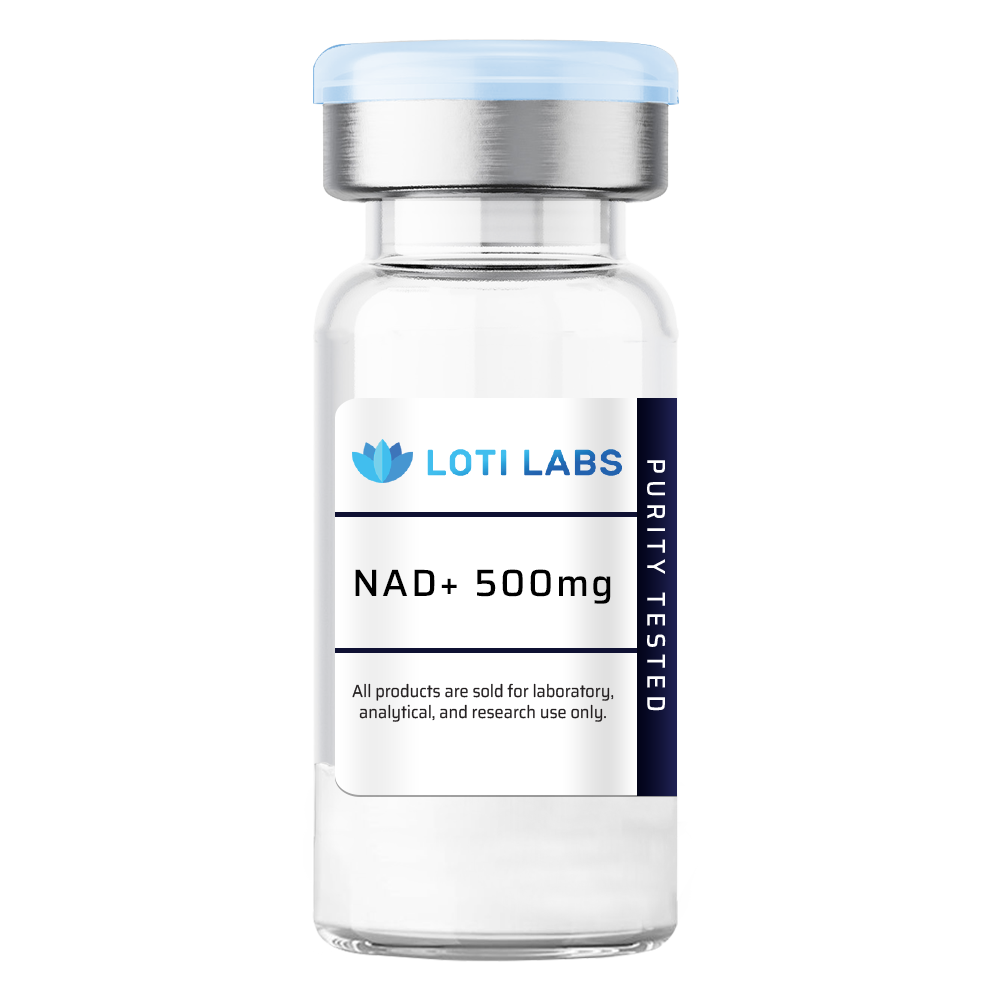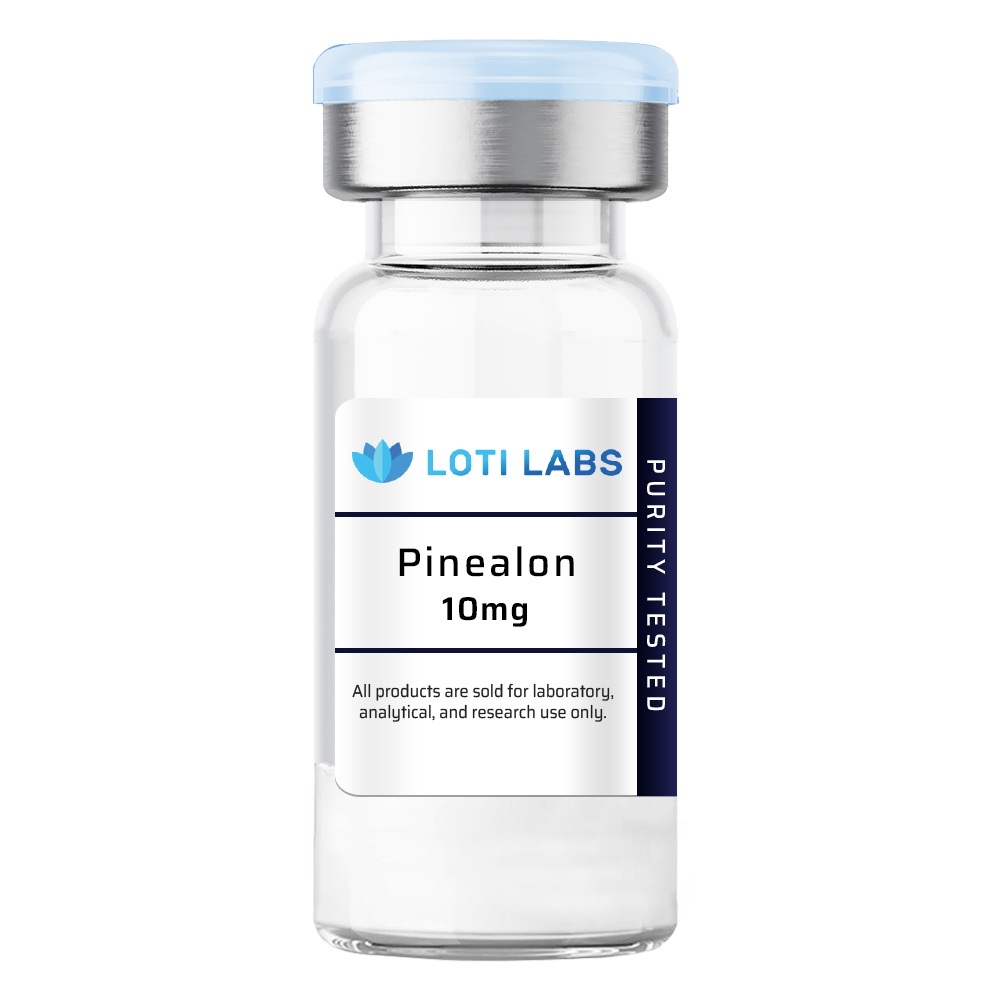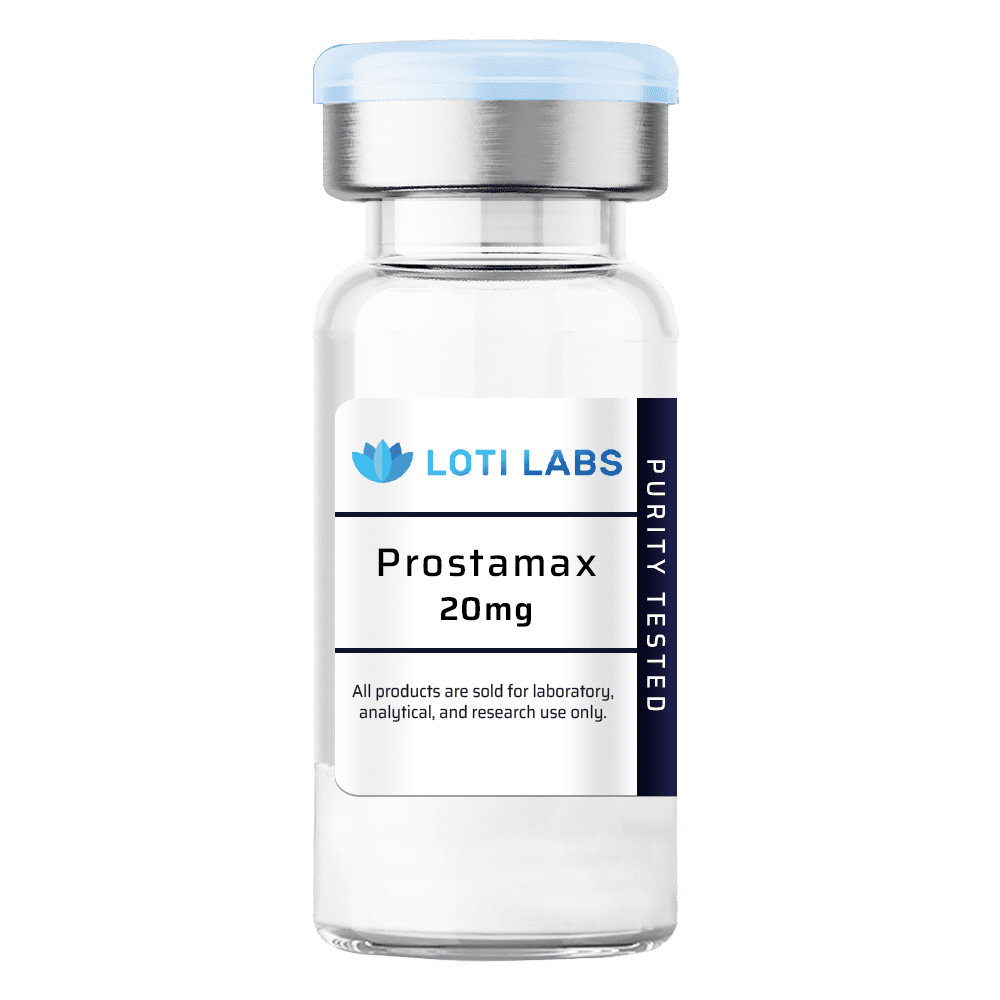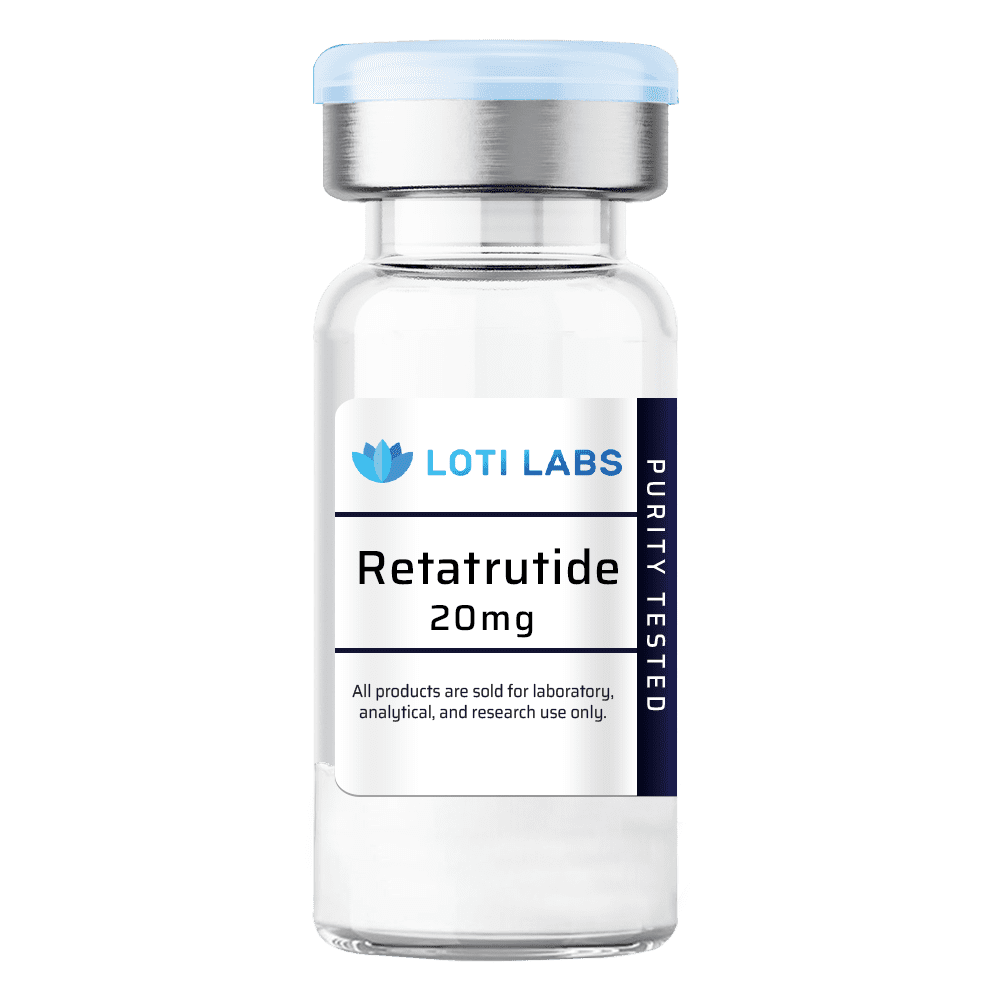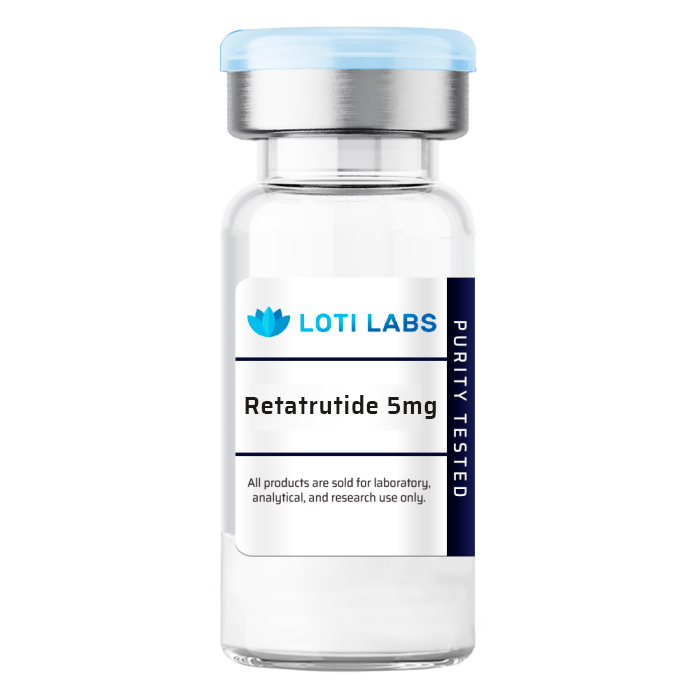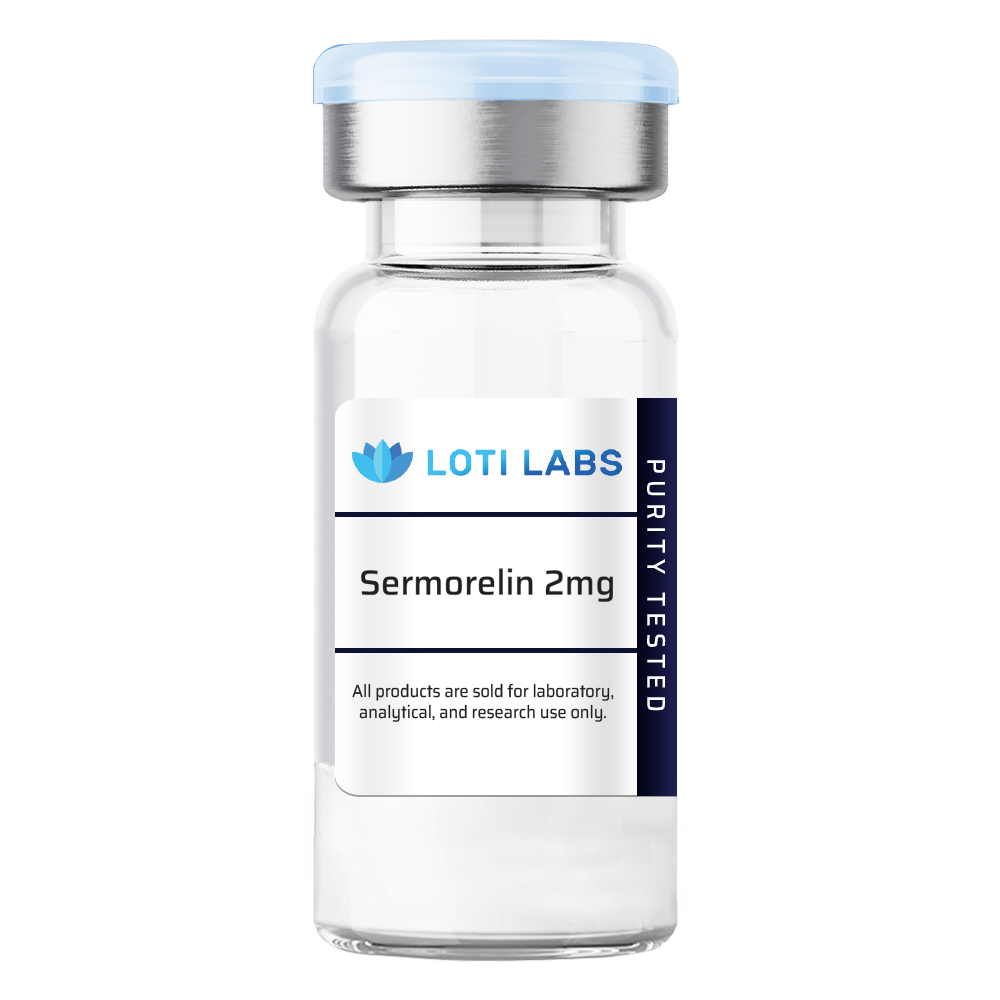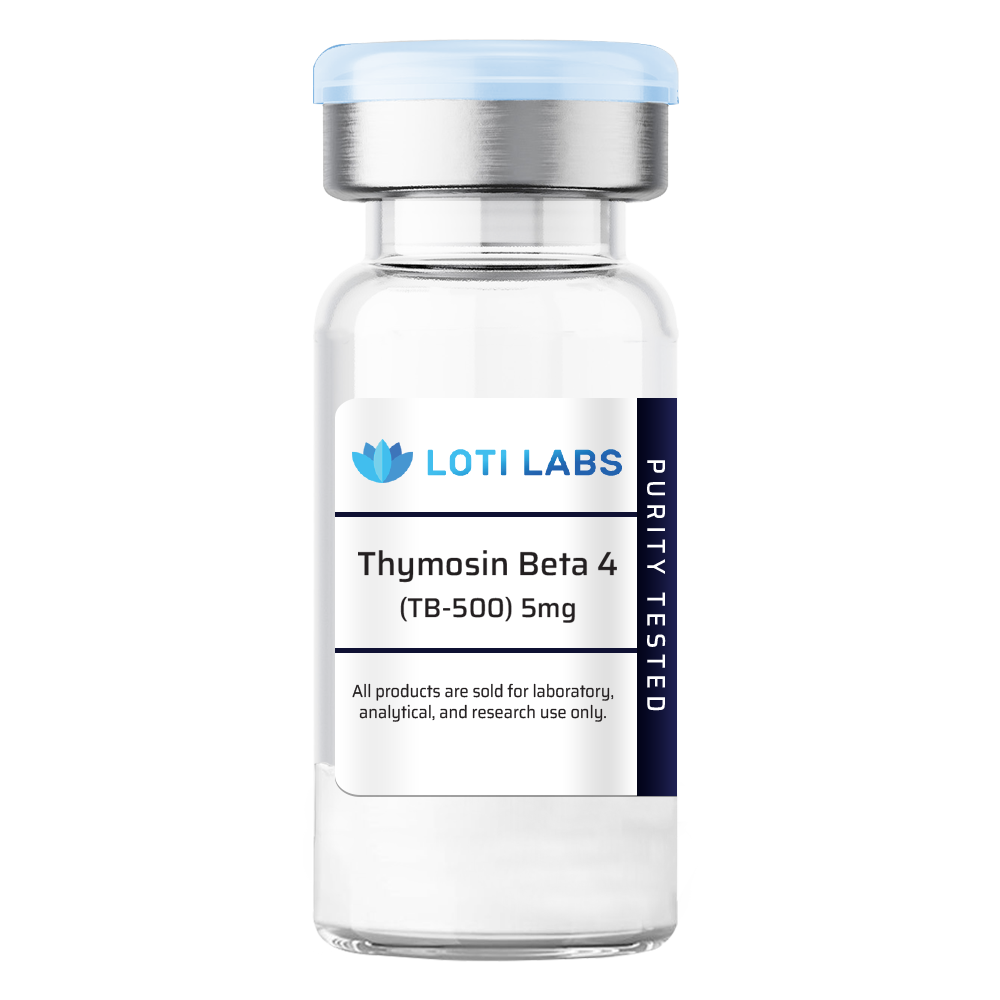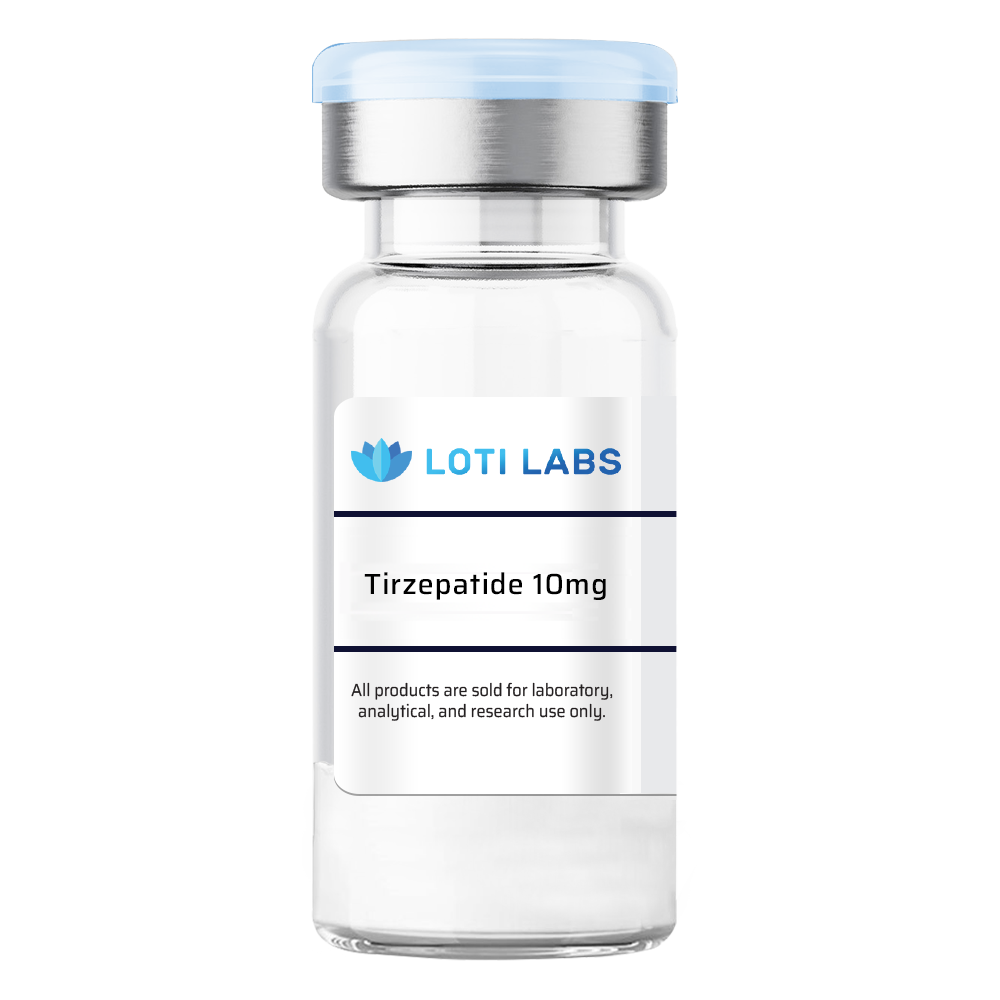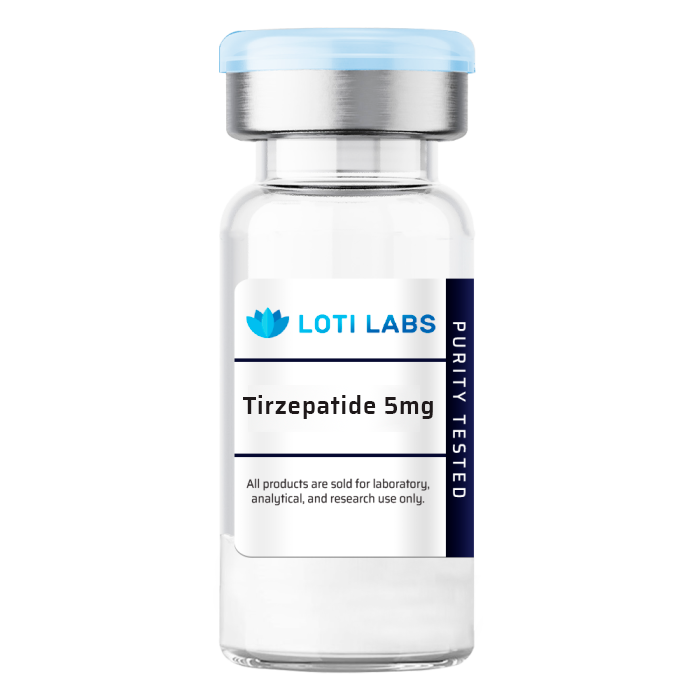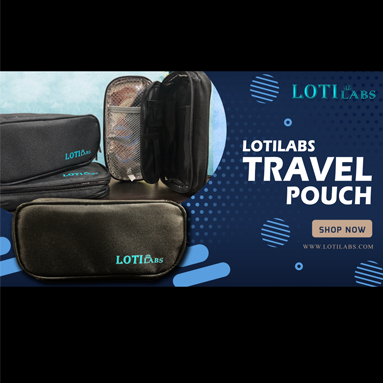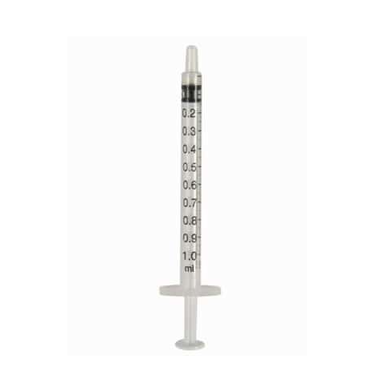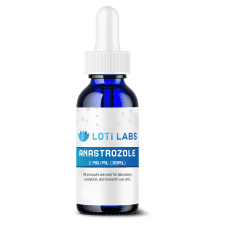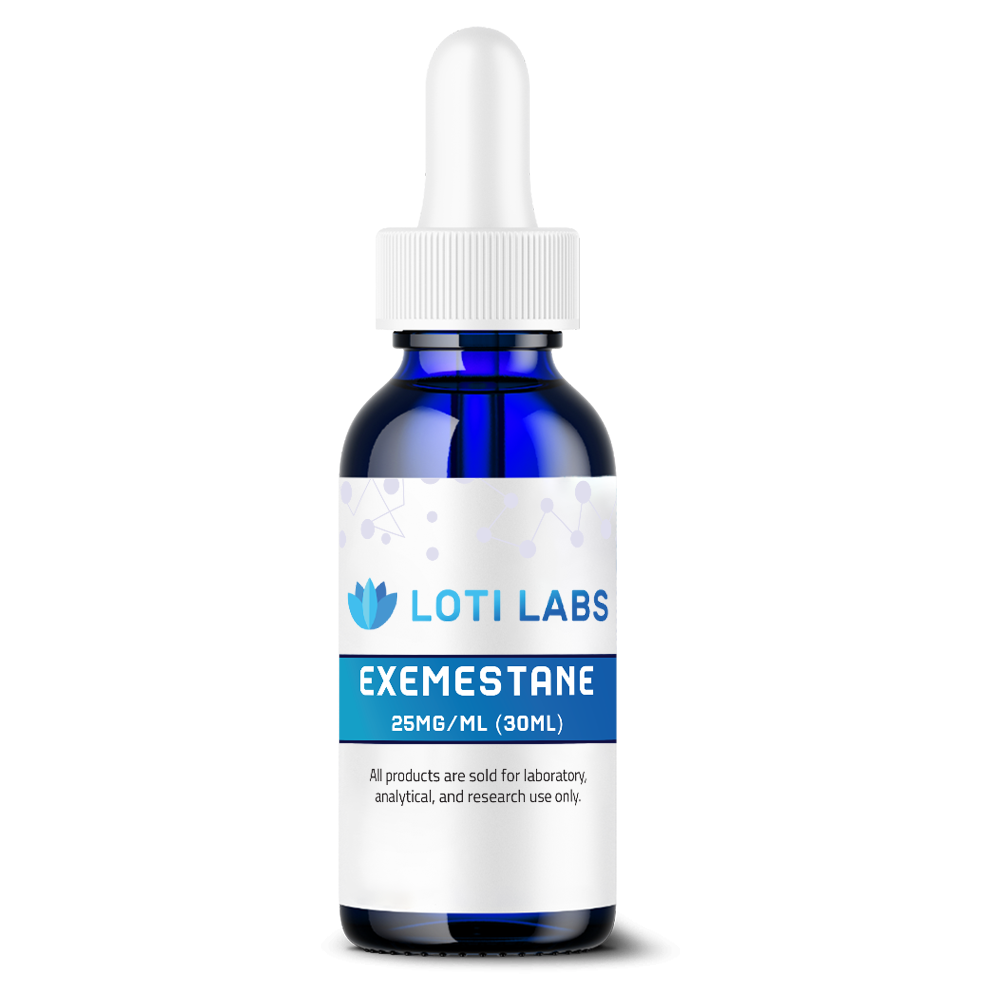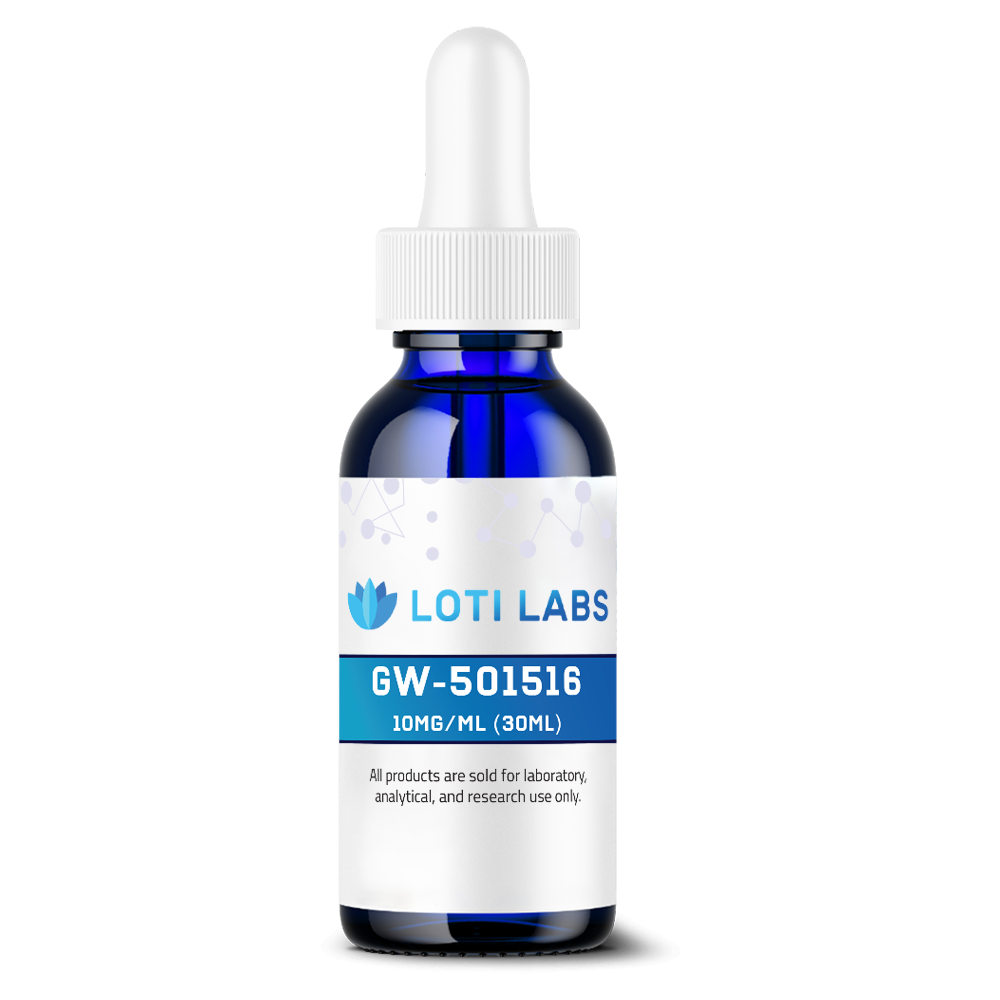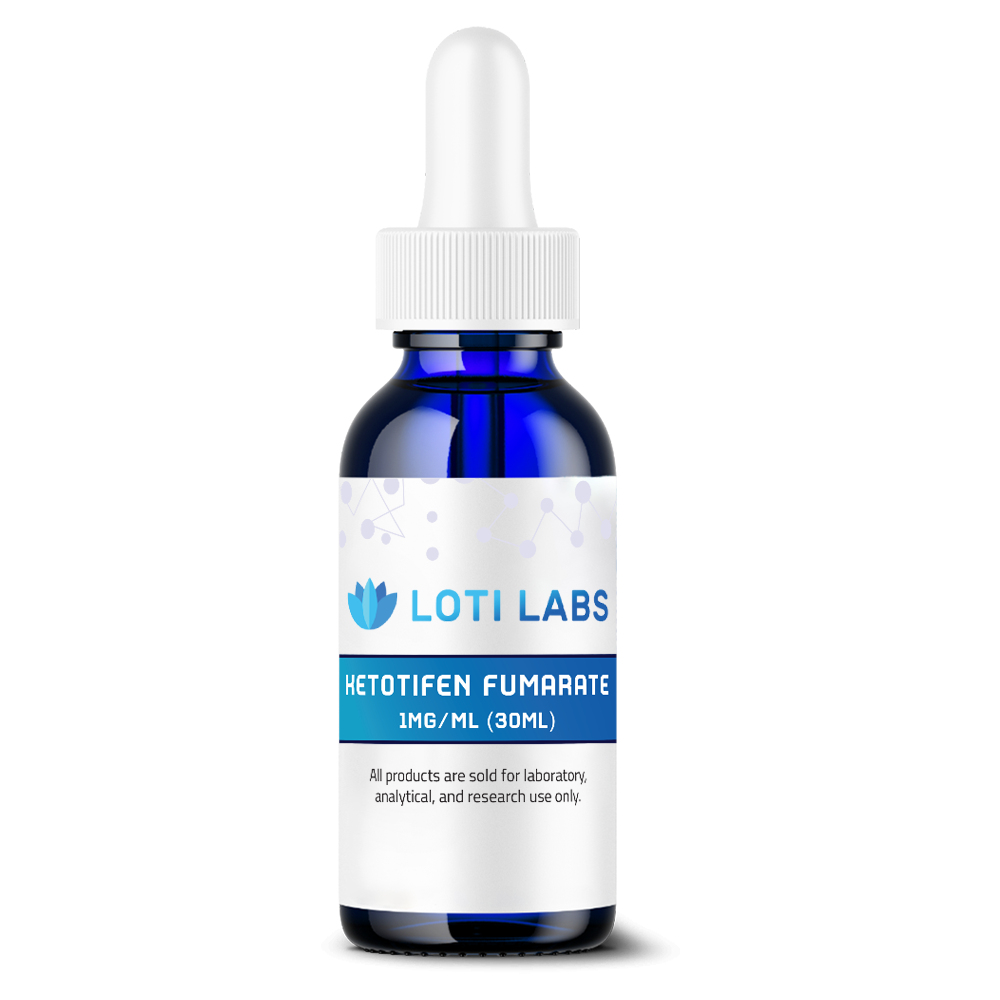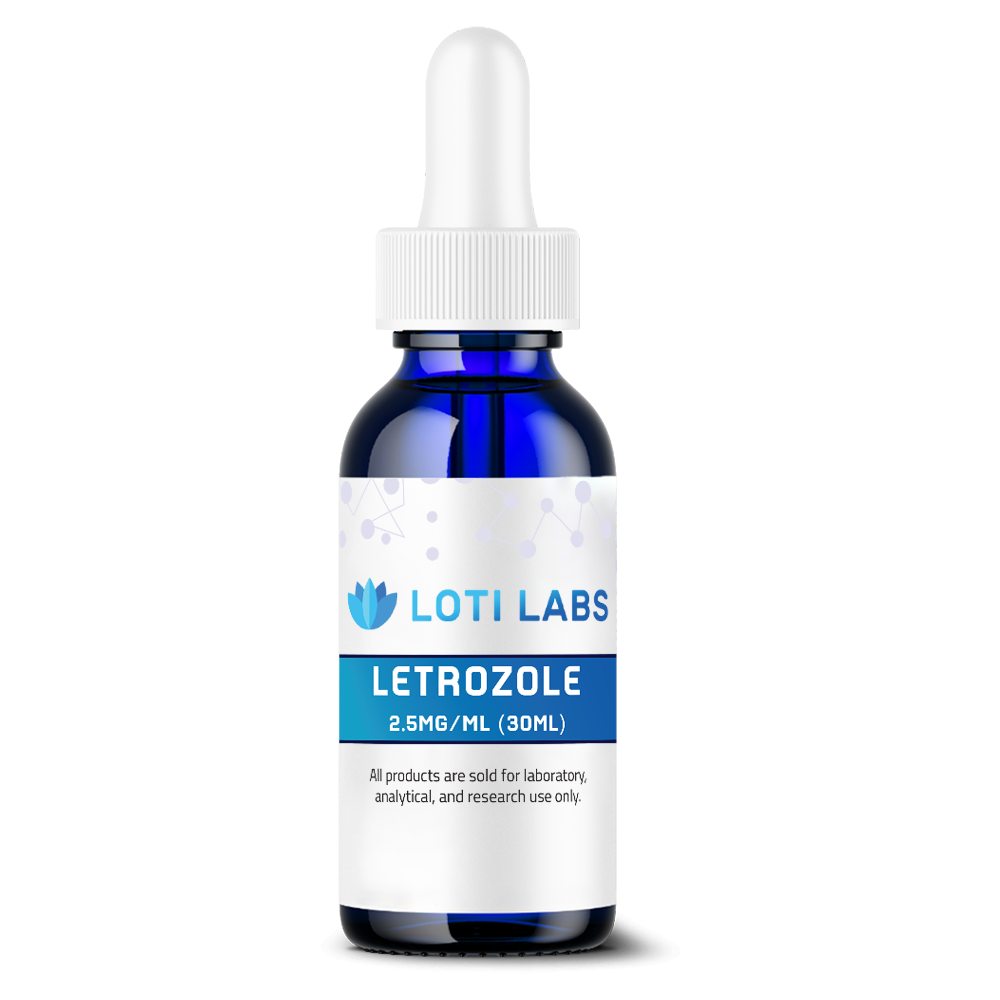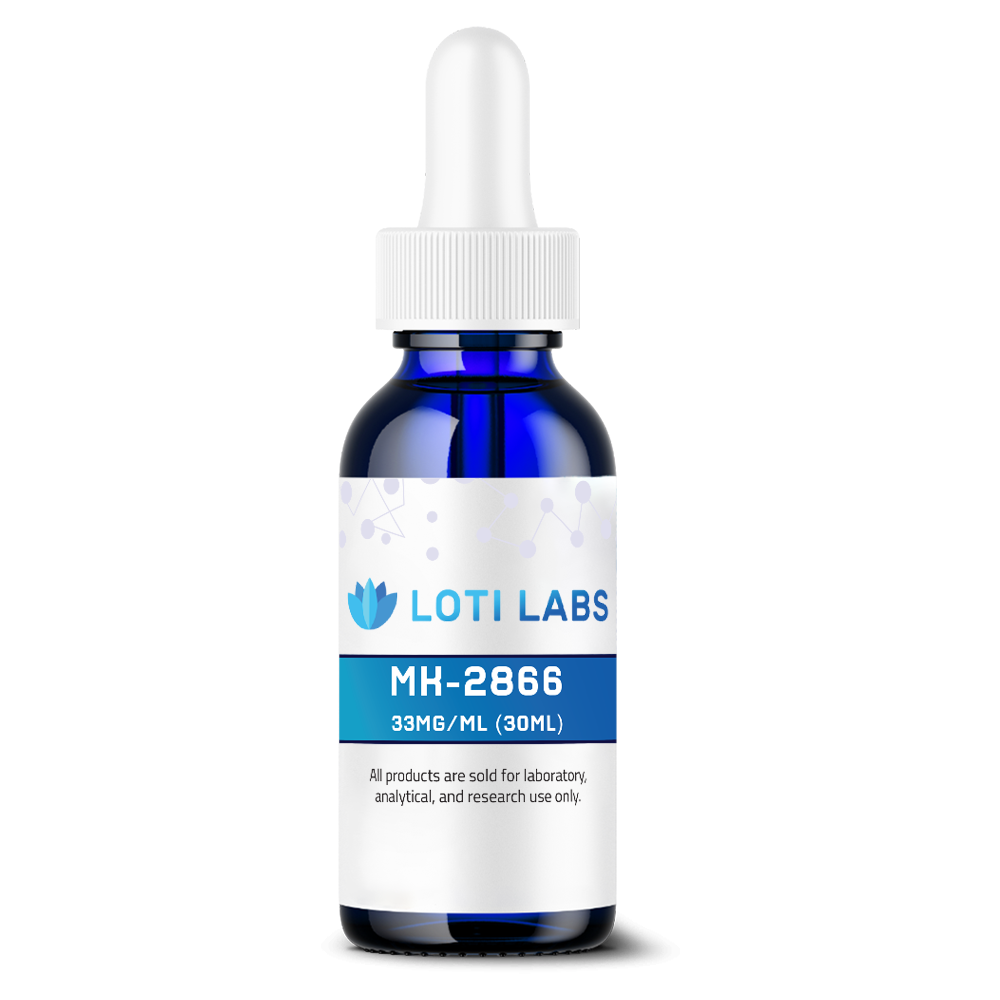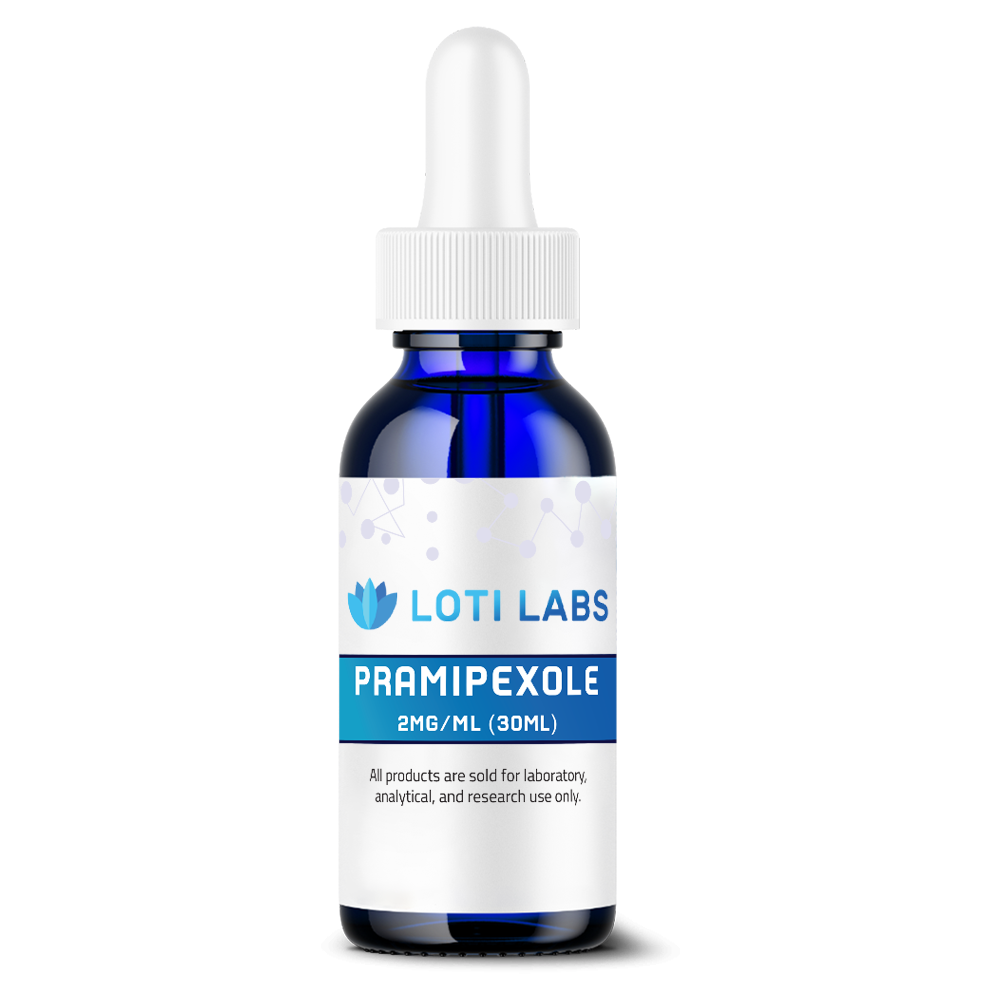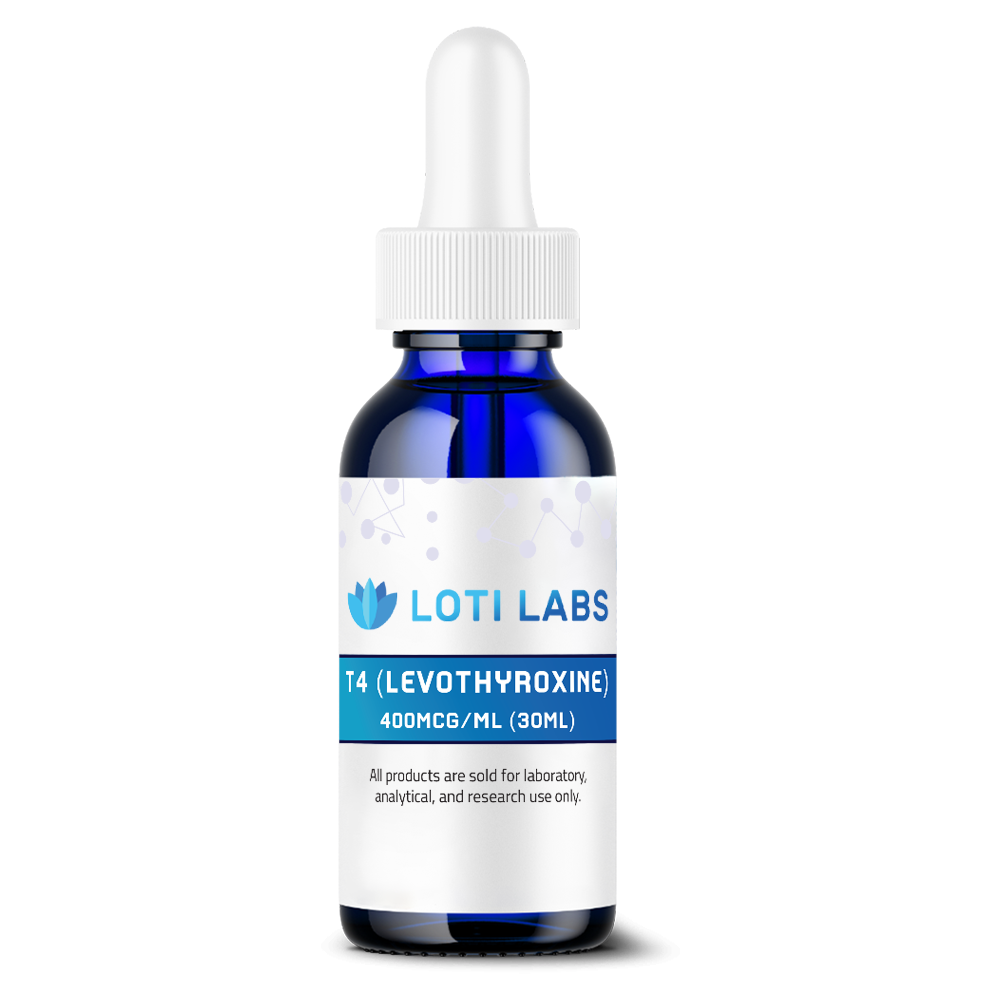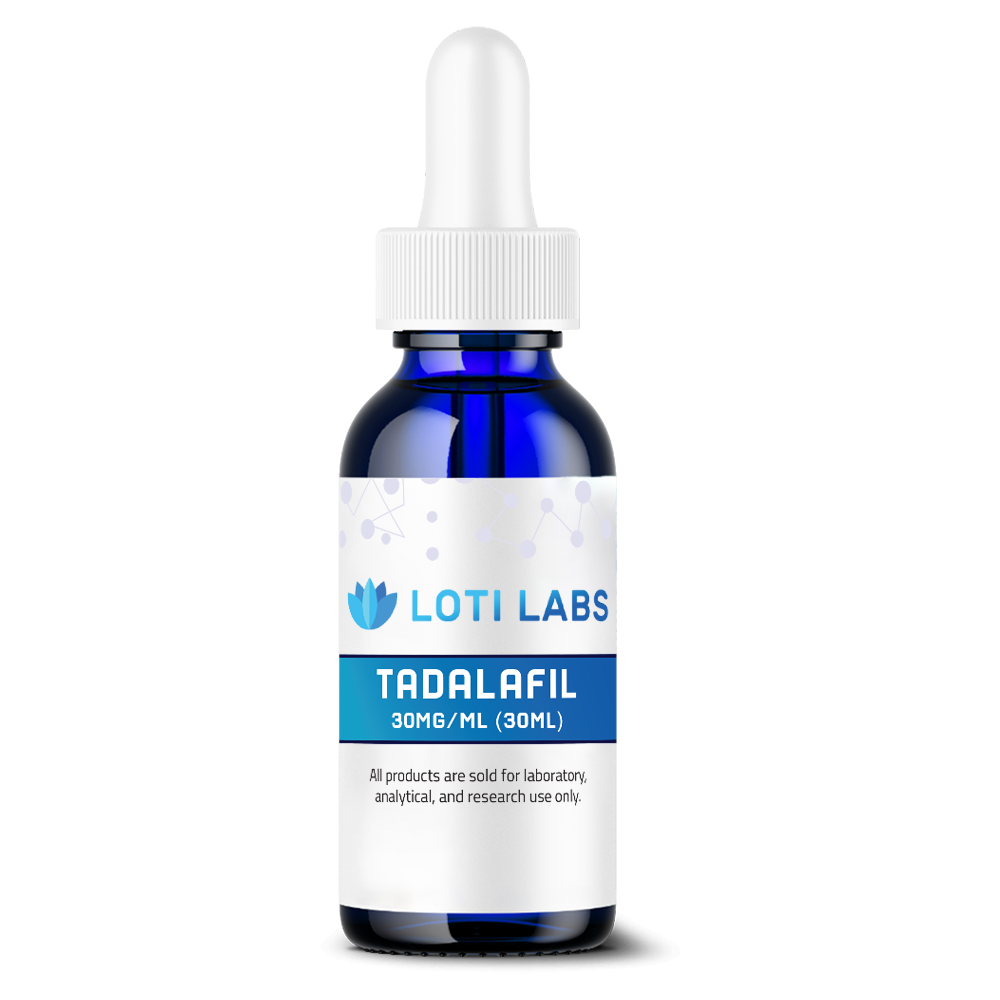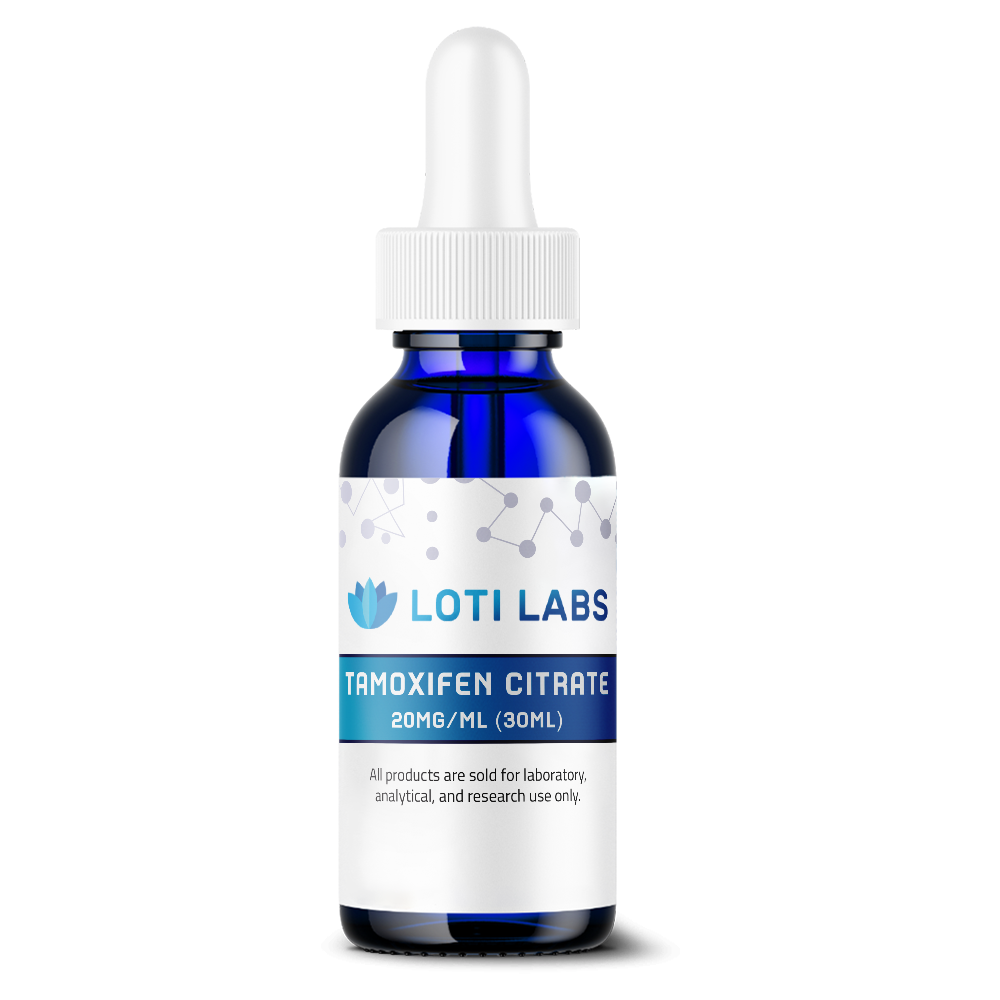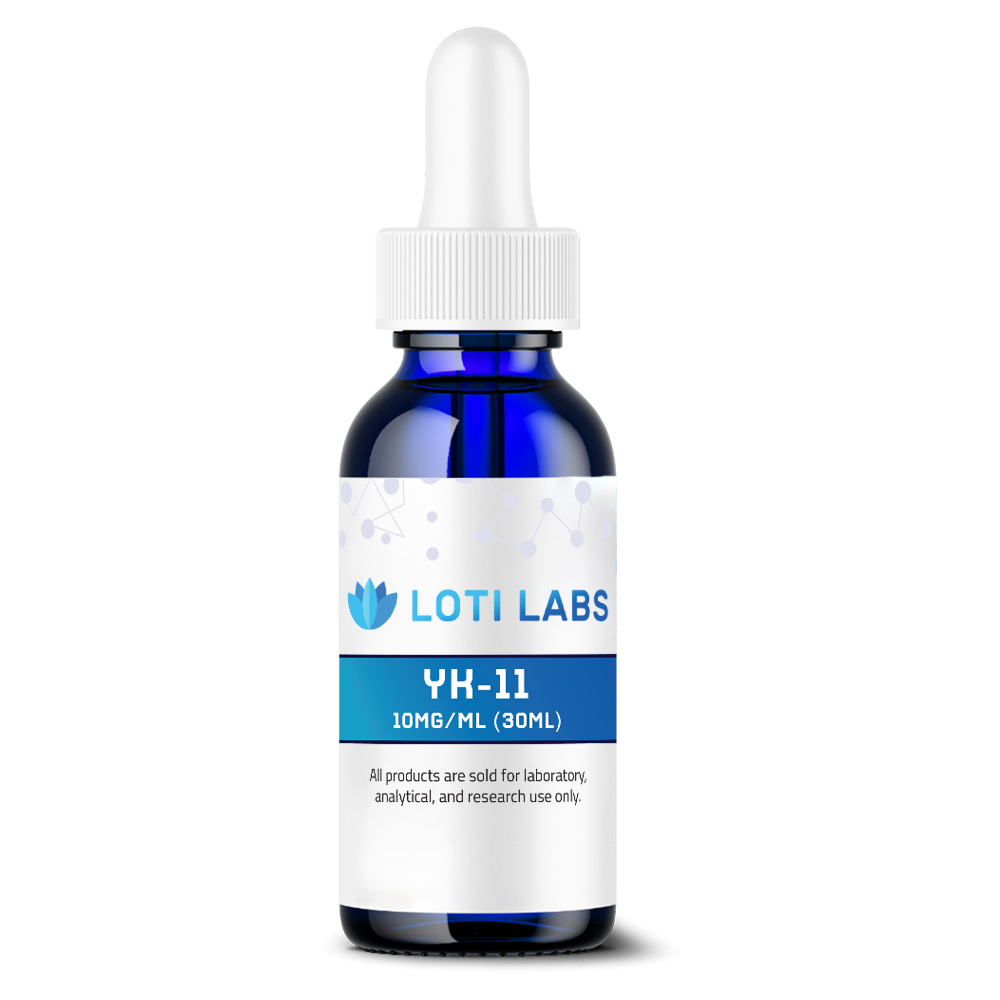-
×
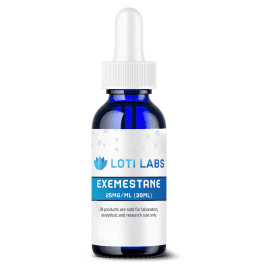 Exemestane 25mg/ml (30ml)
1 × $49.99
Exemestane 25mg/ml (30ml)
1 × $49.99
RAD-140 10mg/ml (30ml)
$59.99
You save
This product is intended as a research chemical only. This designation allows the use of this chemical strictly for in-vitro laboratory testing and experimentation. Human or veterinary use is strictly forbidden. This product is not a drug, food or cosmetic and may not be misbranded, mislabeled or misused as such.
Description


Buy RAD 140 at Loti Labs
When doing advanced research on selective androgen receptor modulators, the quality and purity of your compounds can make or break your results. RAD 140, also known as Testolone, is a game changer in SARM research, a non-steroidal compound with unique selectivity profiles. For labs looking for reliable sources to buy RAD 140, understanding the compound’s properties and supplier standards becomes crucial for research integrity.
Molecular Structure of RAD 140
RAD 140 has a complex molecular structure that differentiates it from traditional anabolic steroids and other SARMs. The compound’s systematic chemical name gives researchers a reference point for their experimental protocols.
Chemical Name: 2-Chloro-4-[(1R,2S)-1-[5-(4-cyanophenyl)-1,3,4-oxadiazol-2-yl]-2-hydroxypropyl]amino]-3-methylbenzonitrile
Molecular Formula: C20H16ClN5O2
Molecular Weight: 393.8 g/mol
PubChem CID: 44137675
CAS Number: 1182367-47-0
The structure of RAD 140 allows for its selectivity, researchers can study androgen receptor interactions in muscle and bone tissue while minimizing activity in other organs. Unlike anabolic steroids, this SARM has a distinct molecular framework that contributes to its reduced androgenic properties.
Mechanism of Action
RAD 140 works as a SARM by preferential binding to androgen receptors in muscle and bone tissue. Research shows this compound targets androgen receptors with high specificity, activates pathways for protein synthesis and anabolic effects with less risk than traditional steroids.
The compound’s mechanism is different from traditional anabolic androgenic steroids. Unlike testosterone, RAD 140 has tissue selectivity, research shows may give anabolic effects without the same level of androgenic side effects as powerful steroids. Studies in male rats have shown the compound activates androgen receptors in muscle tissue and has significant reduction in activity at estrogen receptors.Scientific evidence shows RAD 140’s selectivity allows researchers to study muscle growth without the liver toxicity of traditional steroids. The compound’s androgenic ratio is favorable for studying lean muscle growth pathways while minimizing effects on other organ systems.
Research
Lab studies have provided a lot of scientific evidence on RAD 140. Research shows the compound can increase muscle mass in controlled studies, with focus on lean body mass in human subjects.
Preclinical studies have shown RAD 140 can build muscle through protein synthesis pathways. Research in male rats has shown significant increase in lean muscle mass compared to control groups, making it suitable for muscle wasting research applications. Studies have also shown faster recovery between experimental protocols, making it suitable for performance enhancement research.
Bone tissue research has shown RAD 140 may affect bone density parameters in experimental models. Unlike steroids that often have negative effects on bone health, research shows this SARM may support bone tissue integrity while building muscle mechanisms.
Notably, research by Radius Health has studied RAD 140 in breast cancer research models, particularly those expressing both androgen and estrogen receptors. Studies have also looked into neuroprotective properties in cultured neurons, expanding the compound’s research applications beyond muscle and bone tissue.
The compound’s half life has been studied extensively, research shows consistent plasma levels for controlled experimental protocols. Unlike anabolic steroid research, RAD 140 studies have shown reduced liver toxicity markers, making it suitable for longer research studies.
Storage and Safety
Proper storage protocol ensures RAD 140 remains chemically stable throughout research applications. Store in cool, dry condition away from direct sunlight to preserve molecular integrity and research reliability.
Research shows extended administration beyond 28 days may suppress testosterone in experimental models. Monitoring natural testosterone production is essential during longer research protocols, especially when studying lean muscle and muscle strength parameters. Unlike anabolic steroids, RAD 140 has a more favorable profile for testosterone, but researchers should implement monitoring protocol.
Limited safety data for female research models, so use with caution when designing experimental protocols. Research shows androgenic effects, but these are reduced compared to traditional steroids. The compound’s effects compared to other SARMs is more selective, but comprehensive safety evaluation is still important for research planning.Standard lab protocols should be followed when handling RAD 140, including personal protective equipment and ventilation systems. The research-only designation requires strict adherence to lab protocols and regulatory standards.
Why Buy from Loti Labs
Loti Labs provides RAD 140 with verified 98% minimum purity through third-party testing protocols. Each batch is HPLC tested to ensure product purity and accuracy, meeting the quality standards for research applications. This level of quality control ensures researchers get compounds that produce reproducible results.
All products are shipped in glass bottles with glass droppers, superior to other packaging methods for chemical stability. This packaging minimizes contamination risks and maintains compound integrity throughout storage and handling. The glass delivery system allows for precise measurement capabilities required for research protocols.
Competitive pricing for various research budgets, free shipping for larger orders. Express shipping for time sensitive research projects to keep experimental timelines on track. The combination of quality and logistics makes Loti Labs a reliable source to buy RAD 140.
Technical support through dedicated customer service reps who understand research requirements and regulatory compliance. This support system helps researchers with compound selection, storage protocols and experimental planning.
Products from Loti Labs are for Research Use Only
All products sold by Loti Labs are research chemicals for lab use only. This means use is limited to in-vitro lab testing and experimental research protocols. Human consumption is strictly prohibited and the compound cannot be used for human use applications.
RAD 140 is not a drug, food or cosmetic and cannot be misbranded or mislabeled for such purposes. This research-only designation ensures compliance with regulatory standards and supports legitimate scientific research. Researchers must keep documentation and protocols in accordance with research chemical handling requirements.
The compound is a research chemical and not a dietary supplement or sports supplement and cannot be used for human consumption.
Shipping Policy of Loti Labs
Loti Labs ships same day for orders placed before 1 PM EST Monday through Friday. Orders received after this time or on weekends ship next business day. This shipping schedule supports research timelines while maintaining quality control.Express shipping options for urgent research needs to keep experimental protocols on track. Shipping to domestic and international research institutions, though some restrictions may apply based on region.
Guarantee
30 day satisfaction guarantee on all products from Loti Labs. Unopened products can be returned for full refund of purchase price. Researchers can be confident in their purchase.
The return policy allows researchers to adjust their experimental plans or if their institution changes their research protocols. This flexibility accommodates the dynamic nature of research planning while maintaining quality.
Third Party Testing of Every Batch
Every batch of RAD 140 is tested by independent third party using HPLC to verify purity. This rigorous testing ensures each product meets or exceeds 98% purity required for research. Quality control protocols verify molecular identity and eliminate potential contaminants that can affect experimental results.
Third party testing provides independent verification of product quality, supports research integrity and experimental reproducibility. Certificate of analysis is included with each batch for researchers to keep on file.
This level of quality control separates research grade compounds from lower quality alternatives that may not meet the standards of scientific research. The investment in testing reflects Loti Labs commitment to supporting research applications.
Conclusion
For researchers looking to buy RAD 140, the combination of compound quality, supplier reliability and regulatory compliance is the foundation for successful experimental protocols. RAD 140’s unique properties as a SARM offers significant research opportunities to study muscle and bone tissue while maintaining safety profiles.
Loti Labs commitment to quality control, testing and research focused service is what research requires. The company’s research only policy ensures procurement supports scientific advancement while being regulatory compliant.
Contact our technical support team to discuss your research needs and get the right compound for your protocols.
References and Citations
- Miller CP, et al. Design, Synthesis, and Preclinical Characterization of the Selective Androgen Receptor Modulator (SARM) RAD140. ACS Med Chem Lett. 2010;2(2):124-129.2. Jayaraman A, et al. RAD140 is neuroprotective in cultured neurons and kainate-lesioned male rats. Endocrinology. 2014;155(4):1398-1406.
- Yu Z, et al. RAD140 inhibits growth of androgen/estrogen receptor-positive breast cancer models. Clin Cancer Res. 2017;23(24):7608-7620.
For more information on RAD-140 Testolone Sarms please visit Wikipedia.
| Weight | 0.1875 lbs |
| Appearance | Viscous transparent liquid |
| Stability | Room Temperature out of direct sunlight |
| Molar Mass | 393.83 |
| CAS Number | 1182367-47-0 |
| Container | 30ml Bottle |
| Molecular Formula | C20H16CIN5O2 |
| Concentration | 10mg per ML |
| Terms | This product is sold for research/laboratory usage only. No other uses are permited. |
Additional information
| Weight | 0.156 lbs |
|---|
